Who is French Street Artist Invader: The Pixelated Pioneer of Street Art
Who is French Street Artist Invader? French street artist Invader (born 1969) graduated from the prestigious Parisian fine art school, École des Beaux-Arts. Drawing inspiration from the 8-bit video games he loved in the 1970s and 80s, Invader began creating mosaic artworks made from tiny ceramic tiles — each tile representing a pixel from those classic games.
His pixelated characters first caught public attention in the late 1990s when mosaics of ‘Space Invaders’ appeared on the streets of Paris. Since then, Invader has “invaded” over 80 cities worldwide, installing more than 4,000 art pieces in iconic locations. His work ranges from urban walls to the ocean floor and even space missions — a true global artistic phenomenon.
The Mystery of Invader’s Identity
Invader is a master of anonymity. Often masked and working mainly at night, he protects his real identity fiercely. During interviews, he pixellates his own image or dons a mask to keep his face hidden. Rumour has it only a handful of people know who he really is, and even his parents believe he works as a tiler in construction. Read more in our dedicated blog post here.
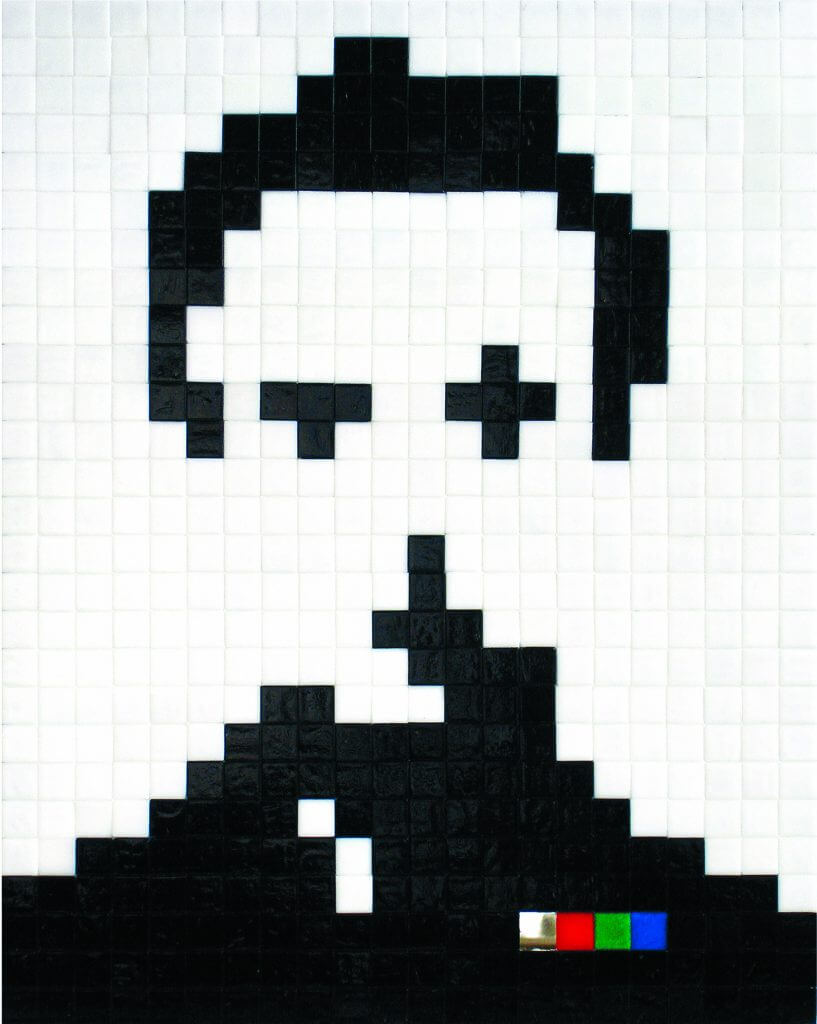
Self Portrait. Image credit Invader
World Invasions: Taking Over Urban Landscapes
Invader’s mosaics have become a global treasure, popping up in cities such as London, New York, Los Angeles, Tokyo, and many many more. His ability to transform ordinary street corners into pixelated playgrounds has earned him a devoted following worldwide. Each city invasion feels like a new chapter in a sprawling urban game, inviting locals and tourists to discover and document his hidden works.
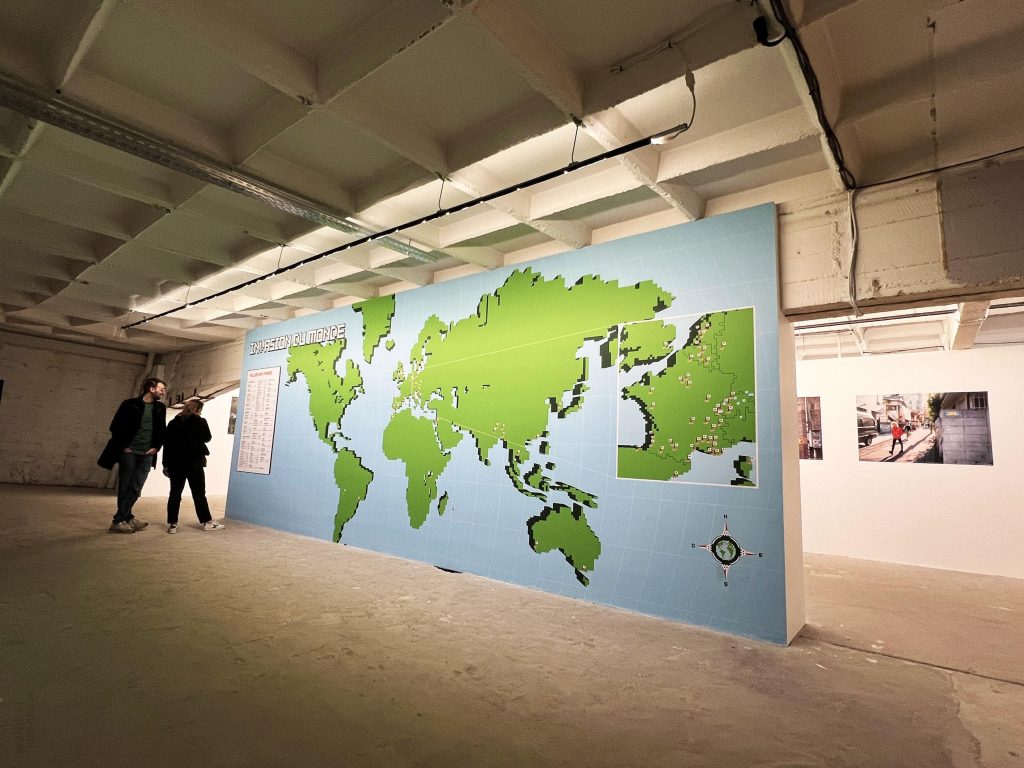
World Invasion map Image credit GraffitiStreet
Ocean Invasions: Underwater Art in Mexico
In 2012, Invader took his art beneath the waves in Cancún, Mexico, creating one of the world’s first underwater pixel street art installations. Installed underwater, this mosaic invasion blends art and marine life, while expanding the reach of street art beyond traditional boundaries. Read more in our dedicated blog post here.
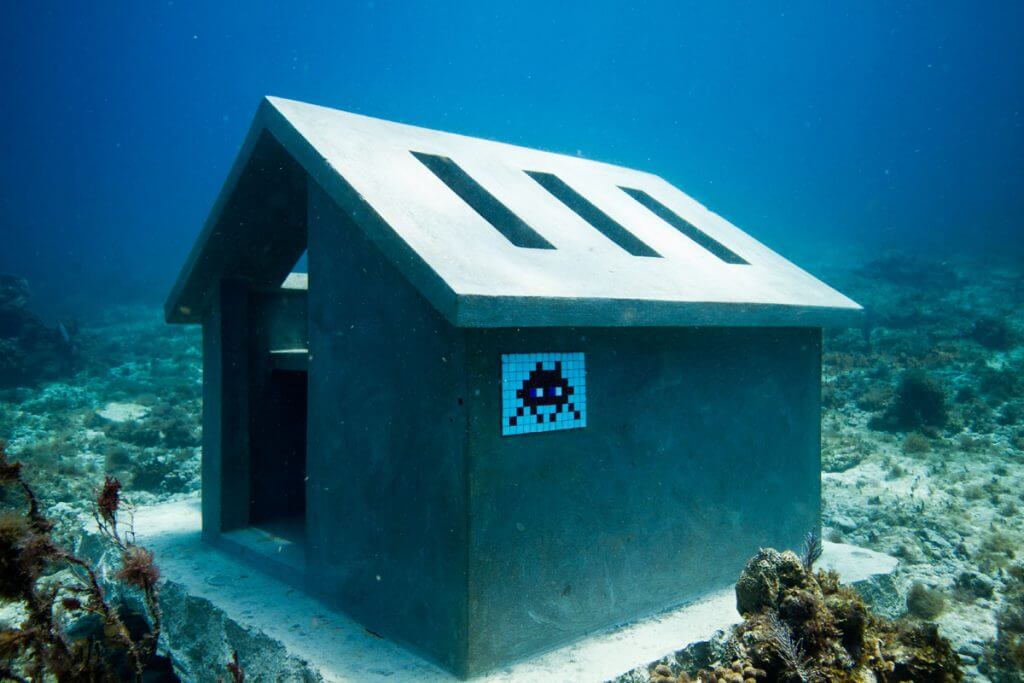

Invader Cancún, Mexico. Image credit Invader
The Adventure to Space: Invader’s ART4SPACE Mission (2012)
On August 20th, 2012, Invader launched one of the boldest projects in street art history … sending a mosaic into space and capturing its journey. After a failed first attempt, he returned to the fields near Cape Canaveral, Florida, fully prepared with two helium tanks, GPS trackers, cameras, and a handcrafted spacecraft carrying the Space One mosaic. ART4SPACE was a successful mission and a pivotal moment in his artistic journey. Read more in our dedicated blog post here.
Video copyright Invader
Space Invasions: Pixel Art on the International Space Station
Pushing the limits even further, Invader’s work has left Earth entirely. In 2014/2015, a mosaic was installed aboard the International Space Station (ISS) — making it the first street art space invader piece in space. This cosmic invasion symbolises the universal language of art and Invader’s mission to bring pixelated aliens to every corner of the universe. Read more in our dedicated blog post here.
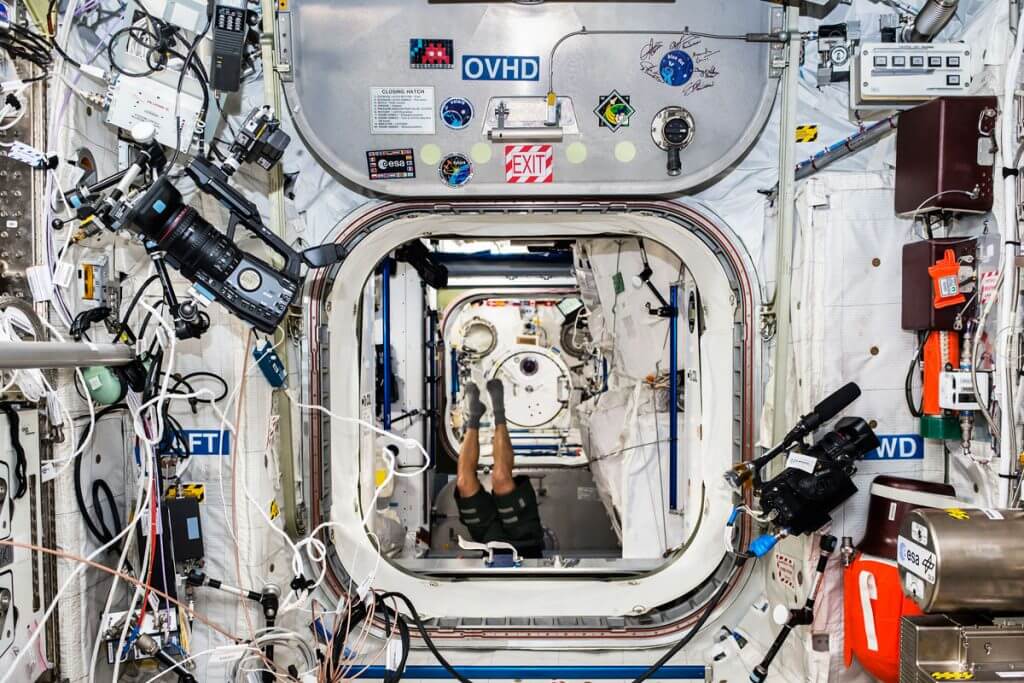
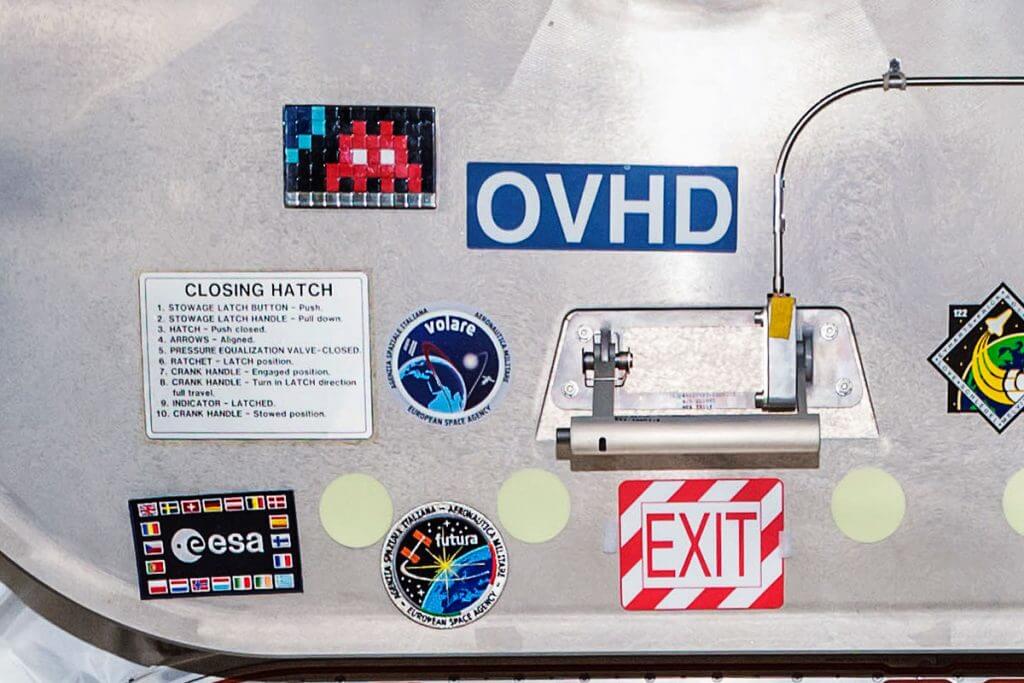
SPACE2 in the Columbus module of the ISS : Photo – ESA:NASA space invader
Rubikcubism: When Puzzle Meets Pixel Art
Invader coined the term Rubikcubism in the early 21st century — an artistic style that uses Rubik’s Cubes as a medium for pixelated 3D sculptures and paintings. This name cleverly nods to both the inventor of the Rubik’s Cube, Ernő Rubik, and the Cubist movement pioneered by Braque and Picasso. Read more in our dedicated blog post here.
His Rubikcubism series explores the puzzle’s structure, pixelation, and mosaic techniques by “unsolving” the cubes and creating new visual patterns. Nearly twenty years of these collections they were on display at the Millennium Iconoclast Museum of Art (MIMA) in Brussels for his solo show and it was incredible.
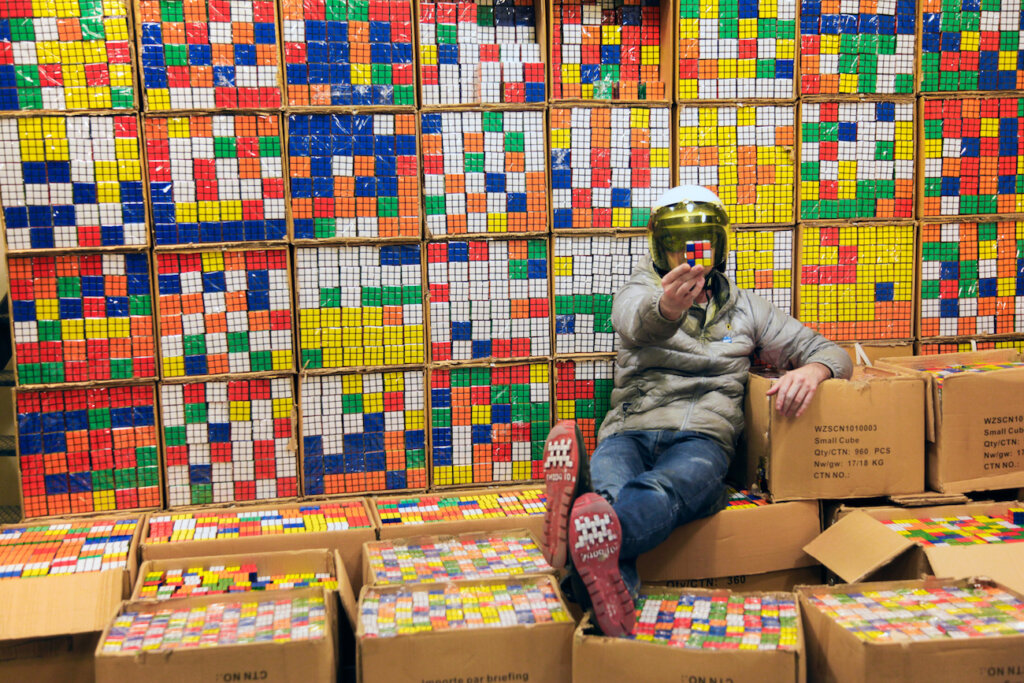
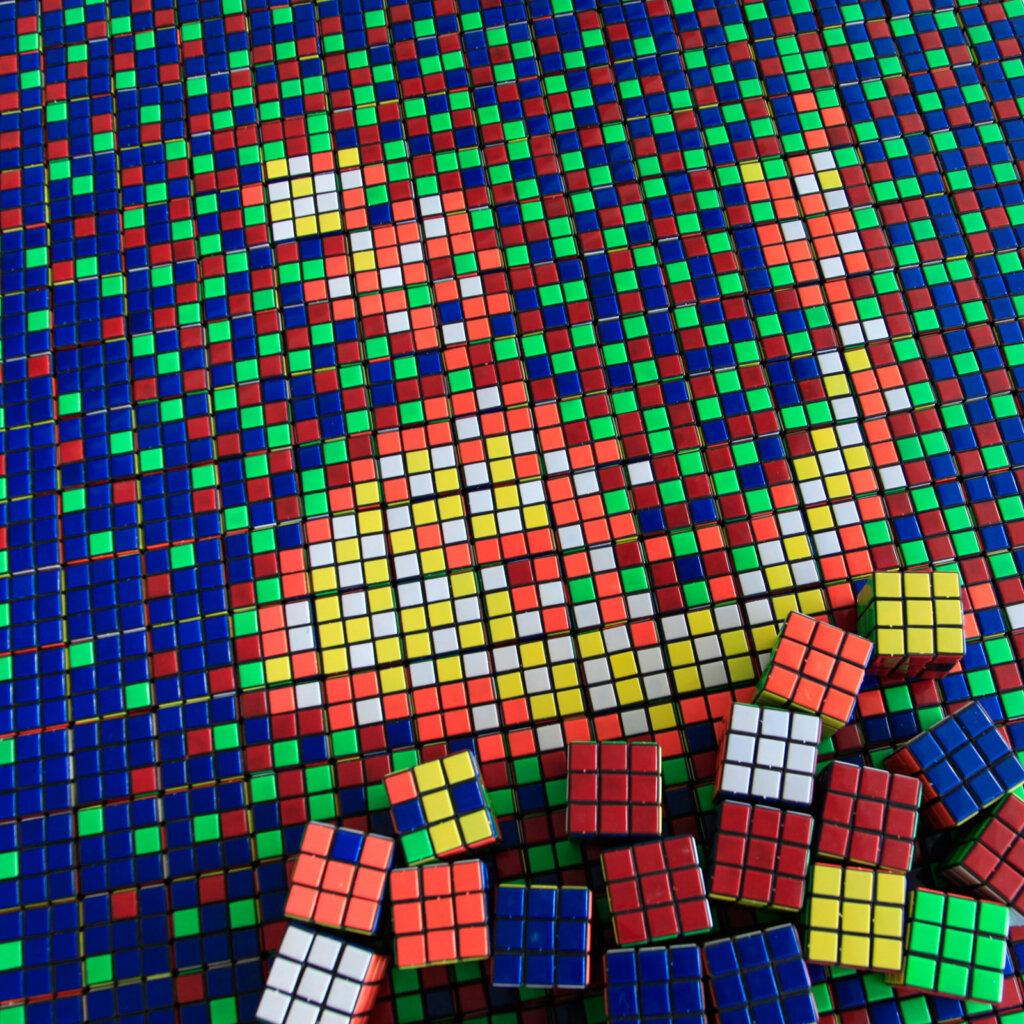
Rubikcubism. Image credit Invader
FlashInvader: Gamifying Street Art
In 2014, Invader revolutionised the way fans interact with his work by launching FlashInvader, an augmented reality app that lets users find and “flash” his mosaics. Players score points by spotting the artworks around cities globally and can compete in a dynamic, interactive game. This innovative app bridges street art and digital culture, creating a worldwide community of space invader hunters. Read more in our dedicated blog post here.
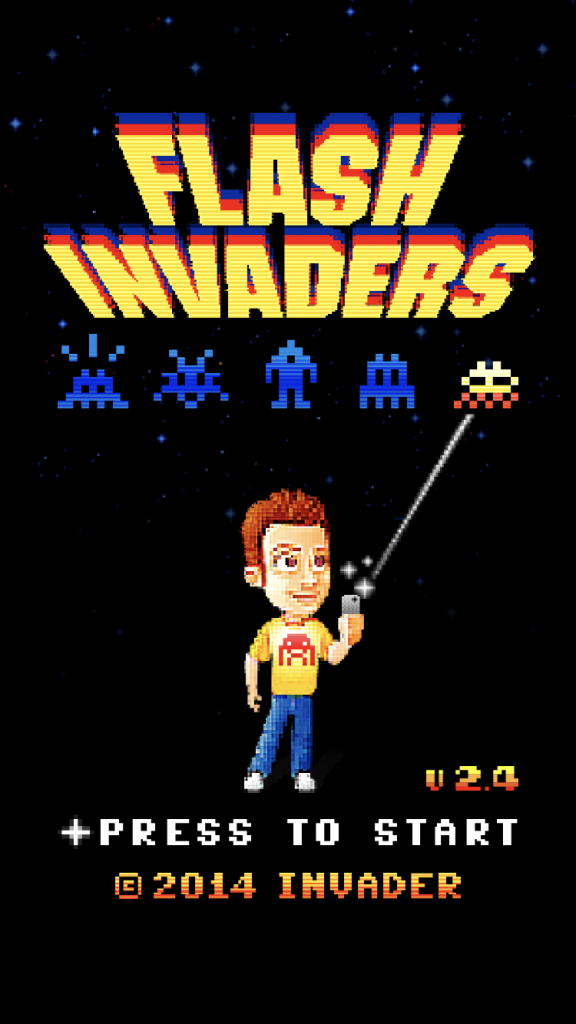
FlashInvader. Image credit Invader
Why Invader’s Work Matters
Invader’s art isn’t just about nostalgia or pixel-perfect aesthetics — it’s a commentary on urban life, anonymity, and the blending of digital and physical worlds. His mysterious persona, global reach, and innovative approaches like Rubikcubism and FlashInvader have pushed street art beyond traditional boundaries.
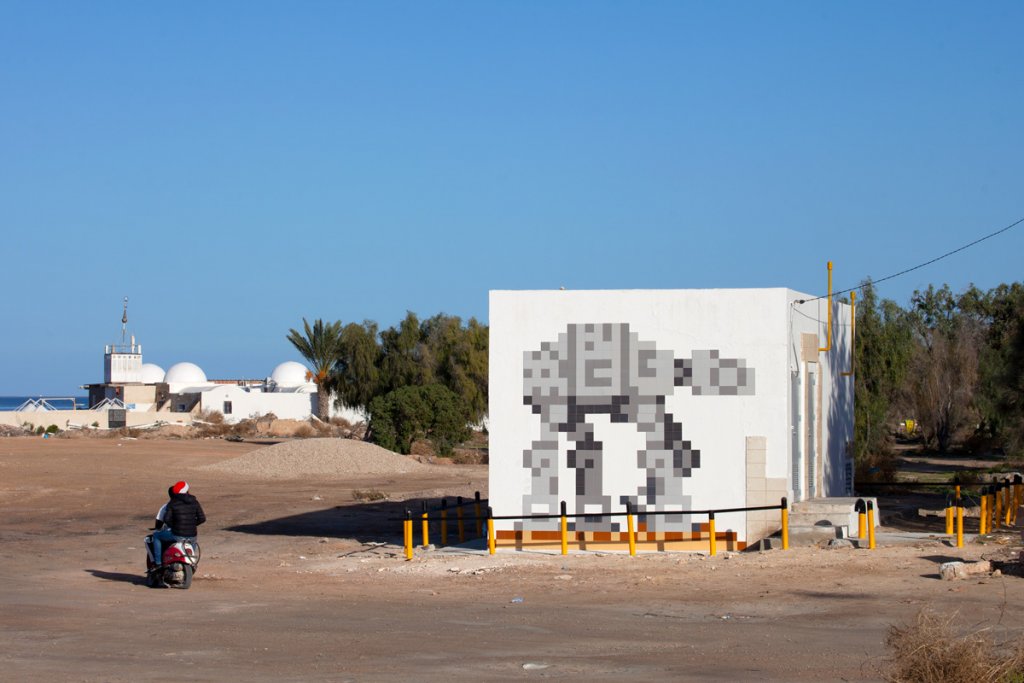
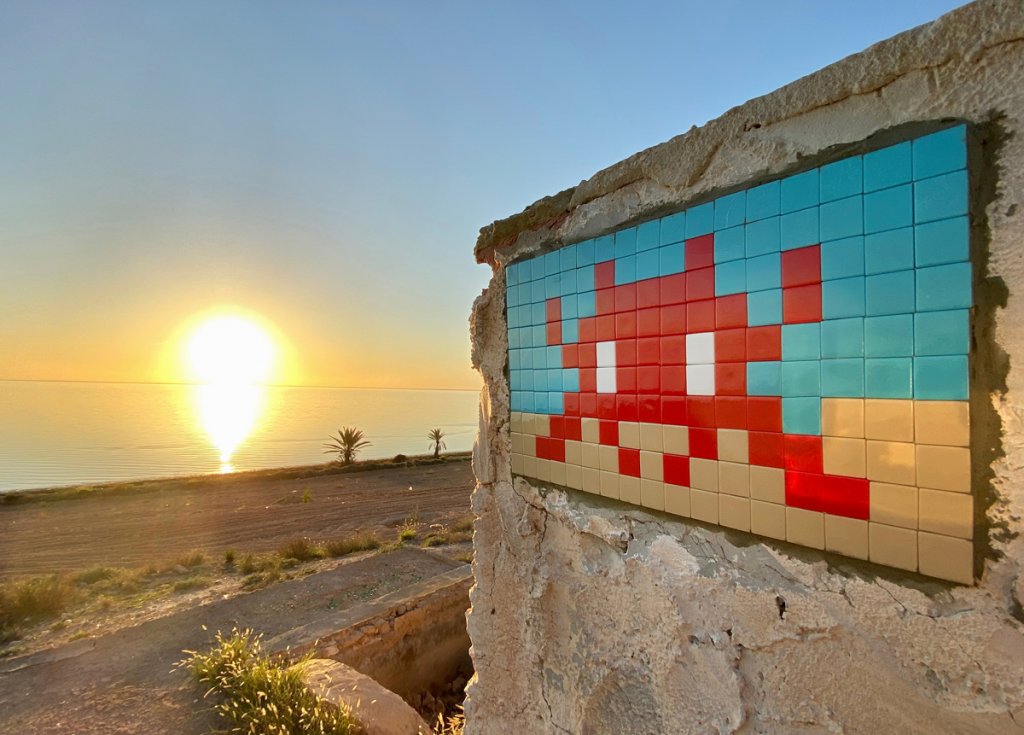
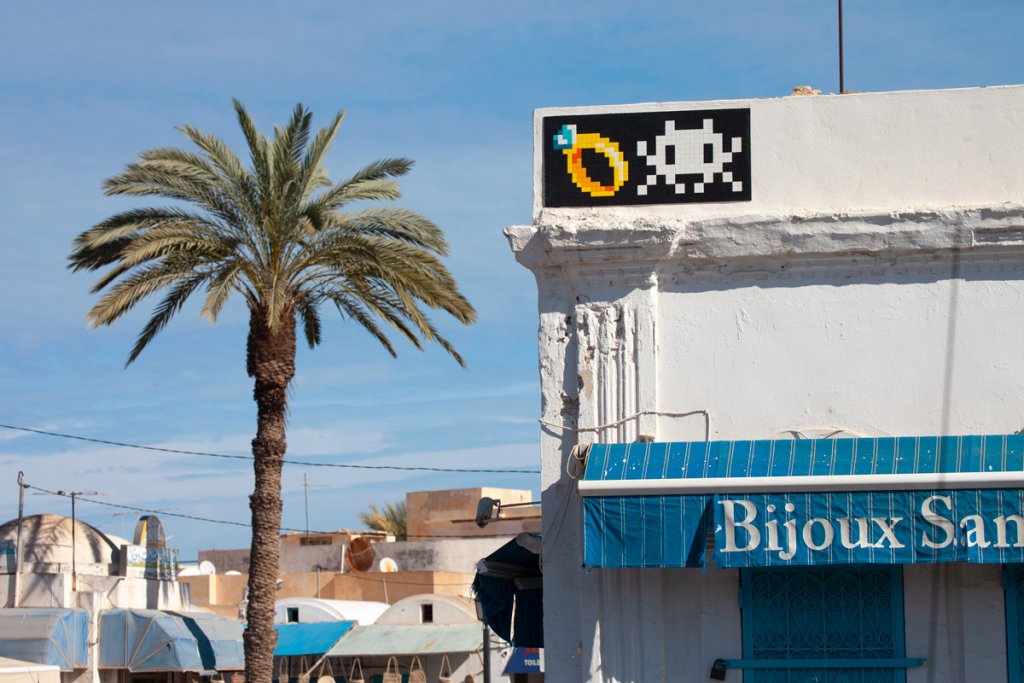
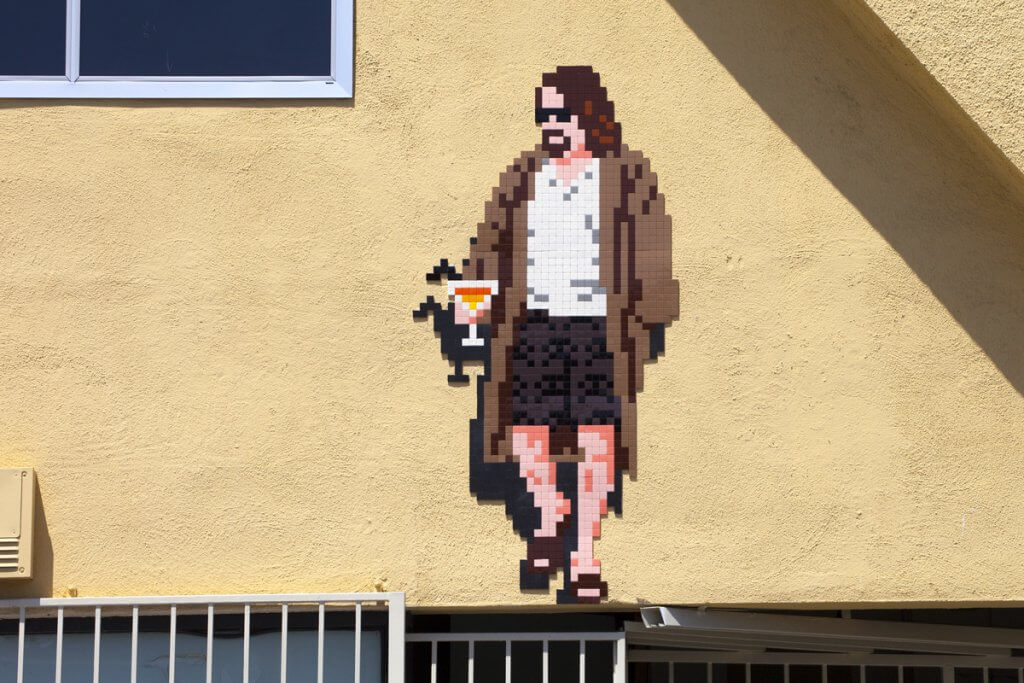
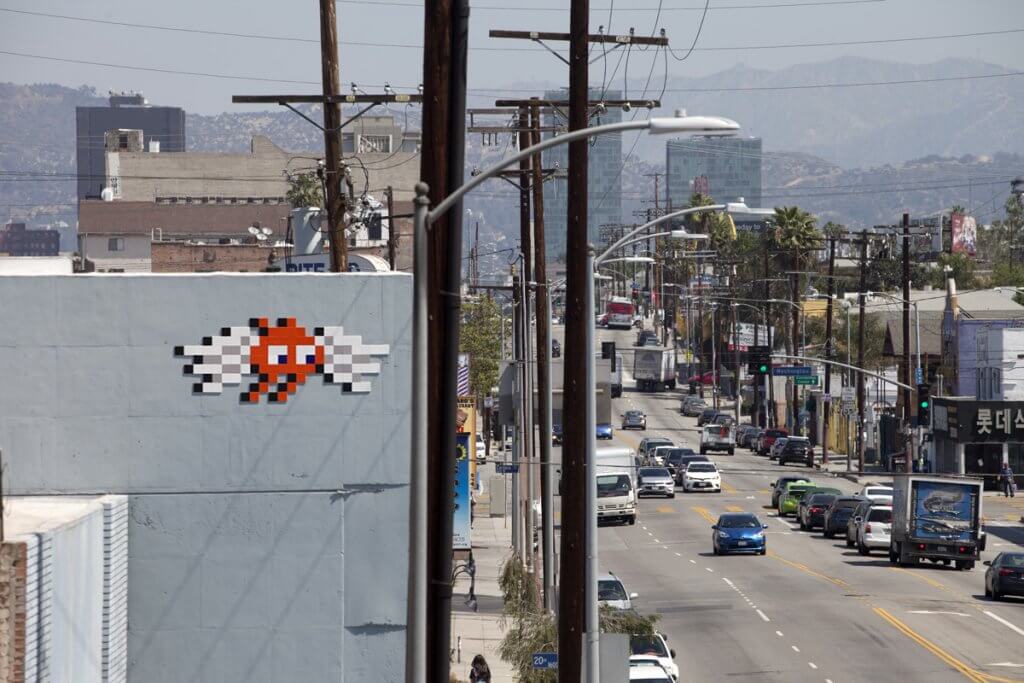
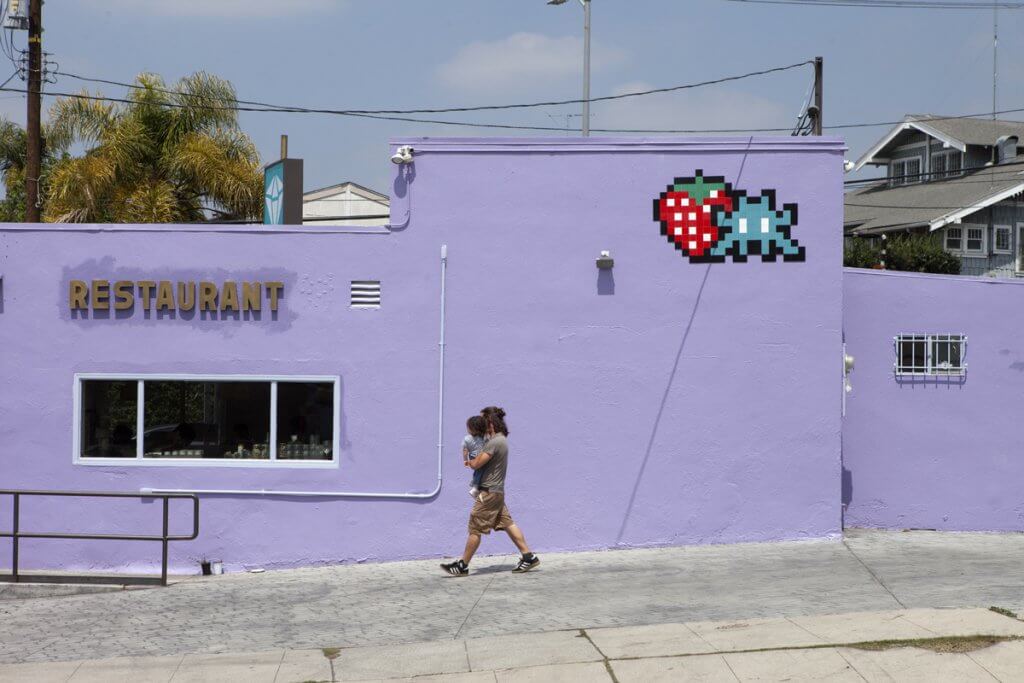
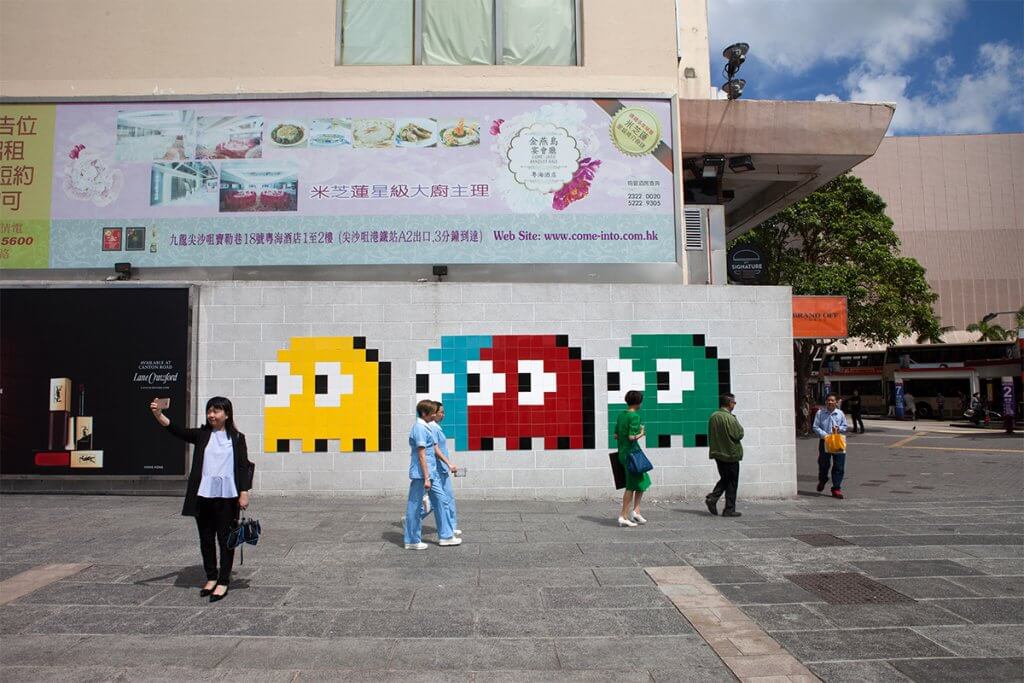
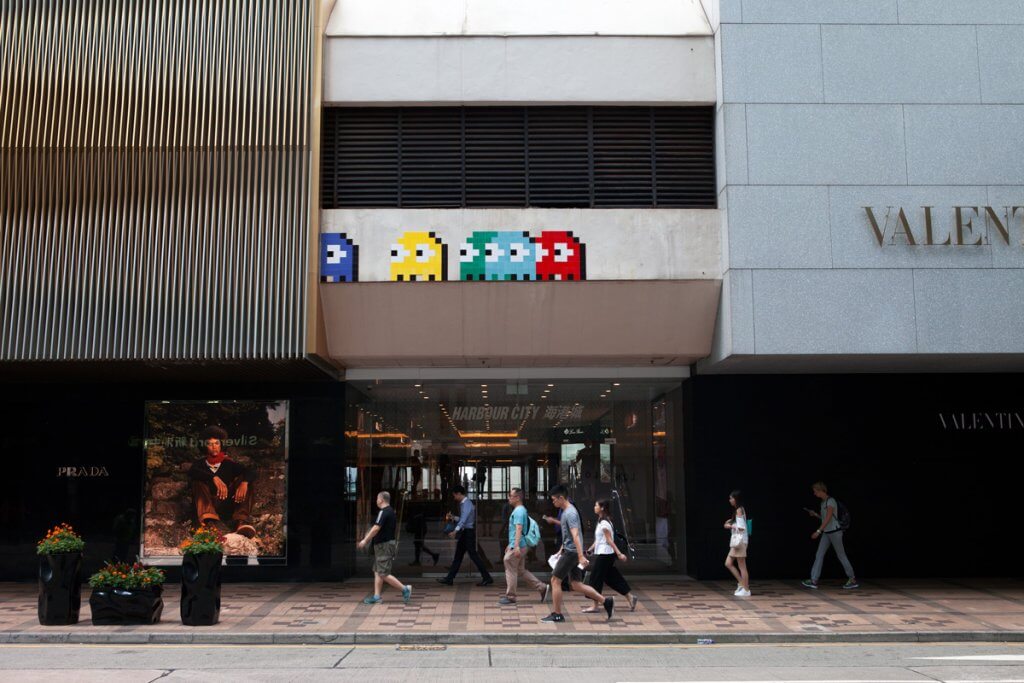
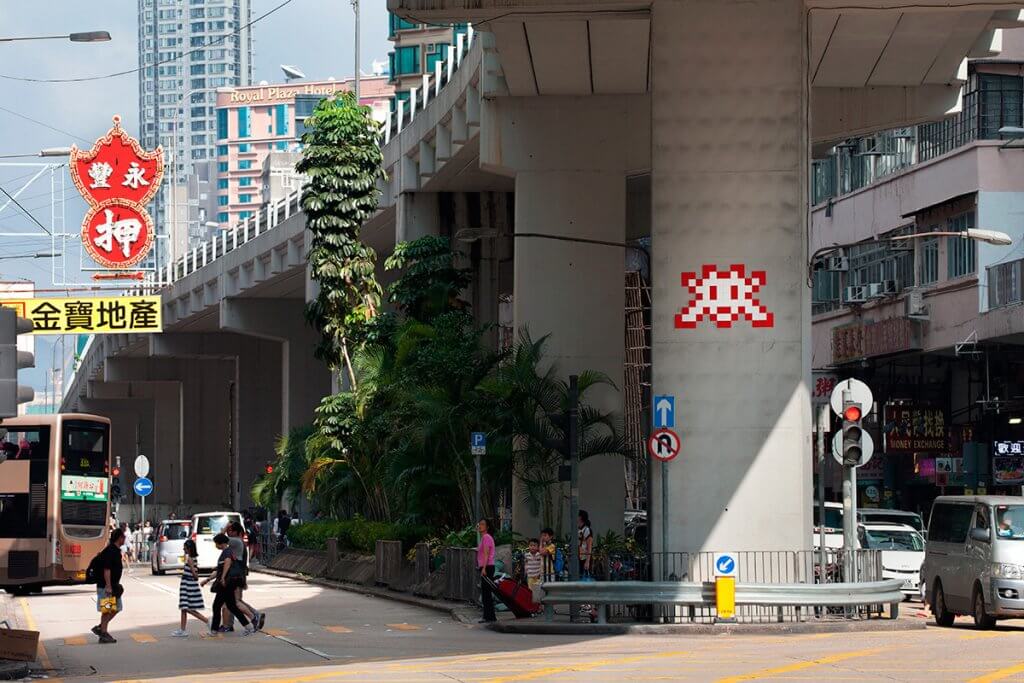
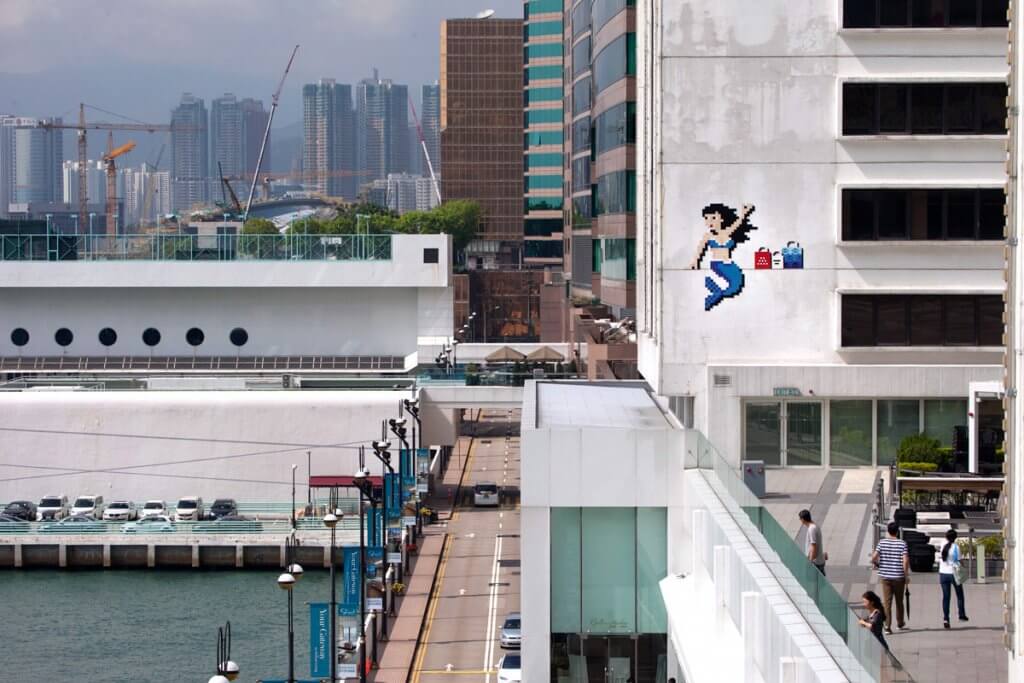
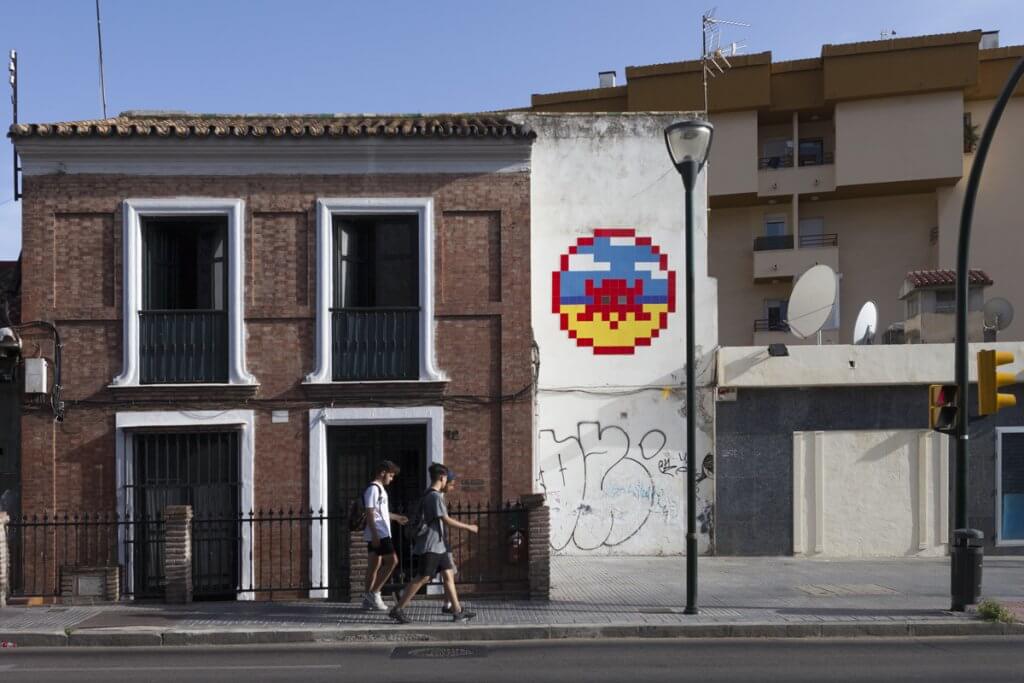

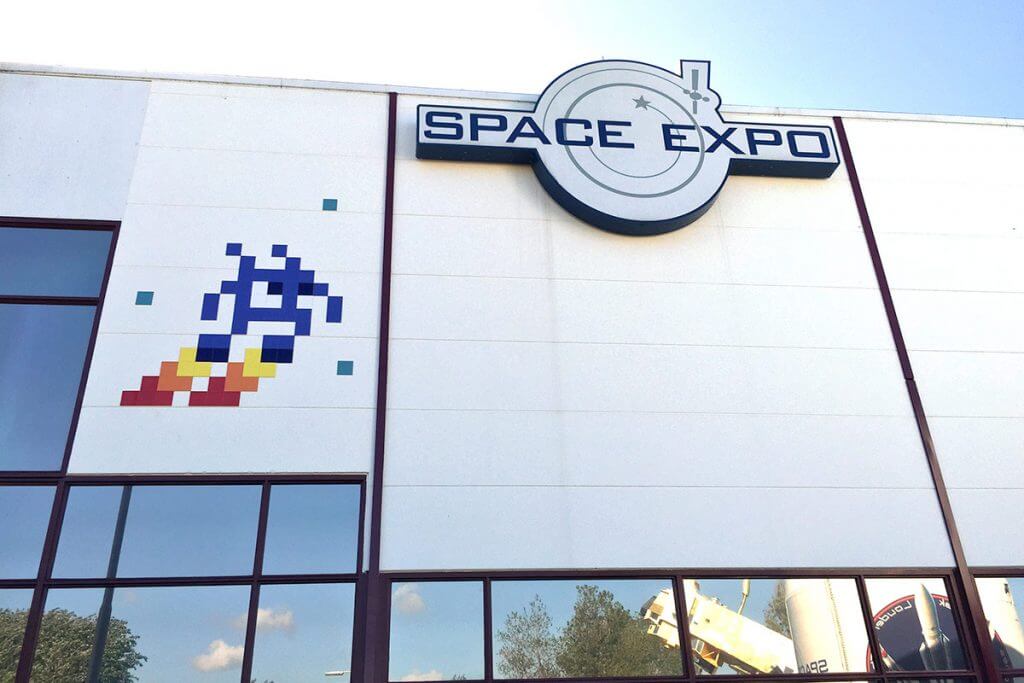
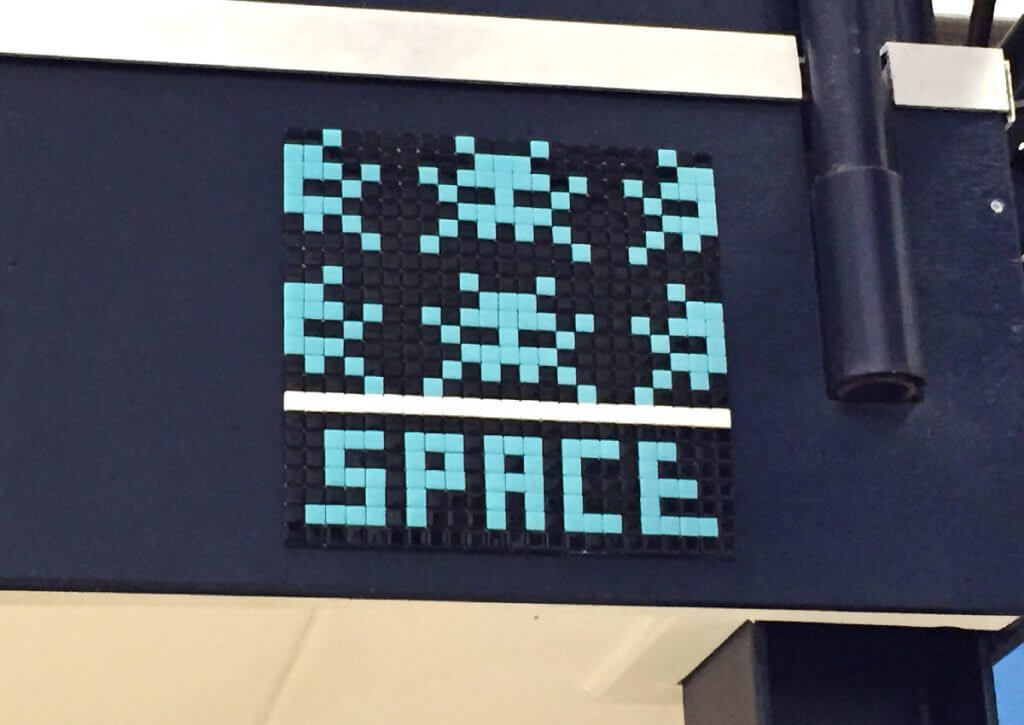


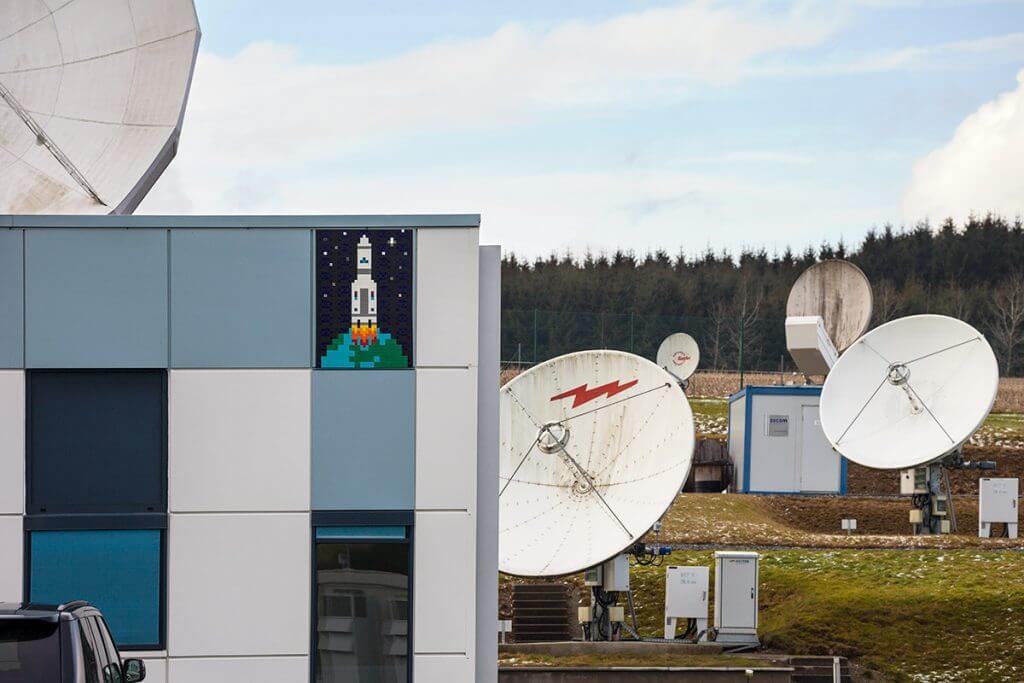
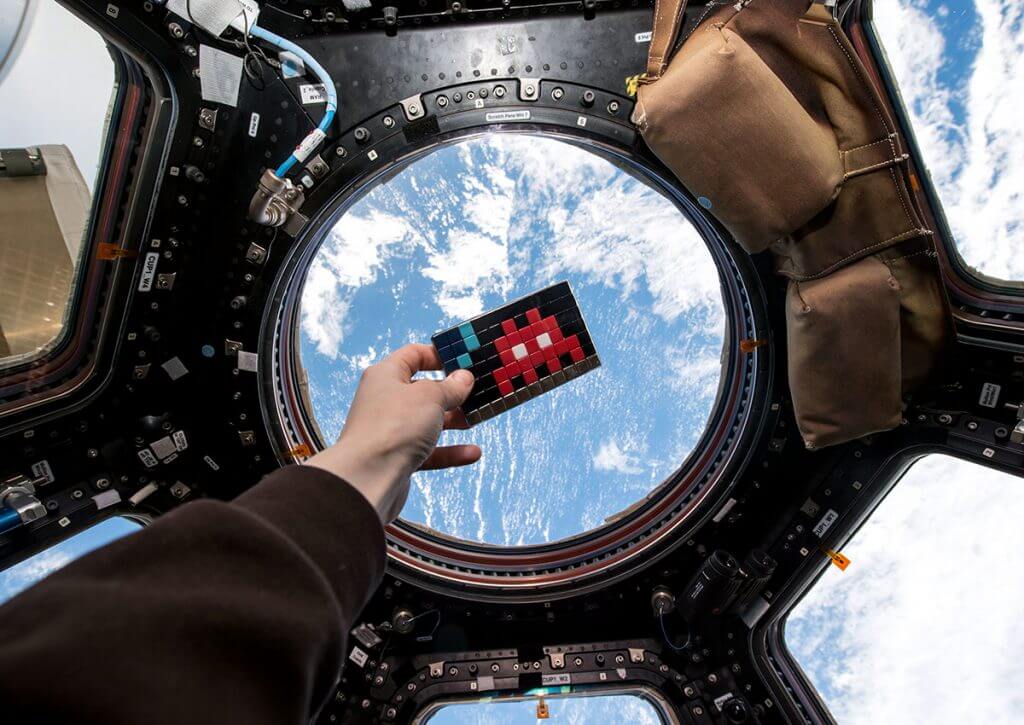

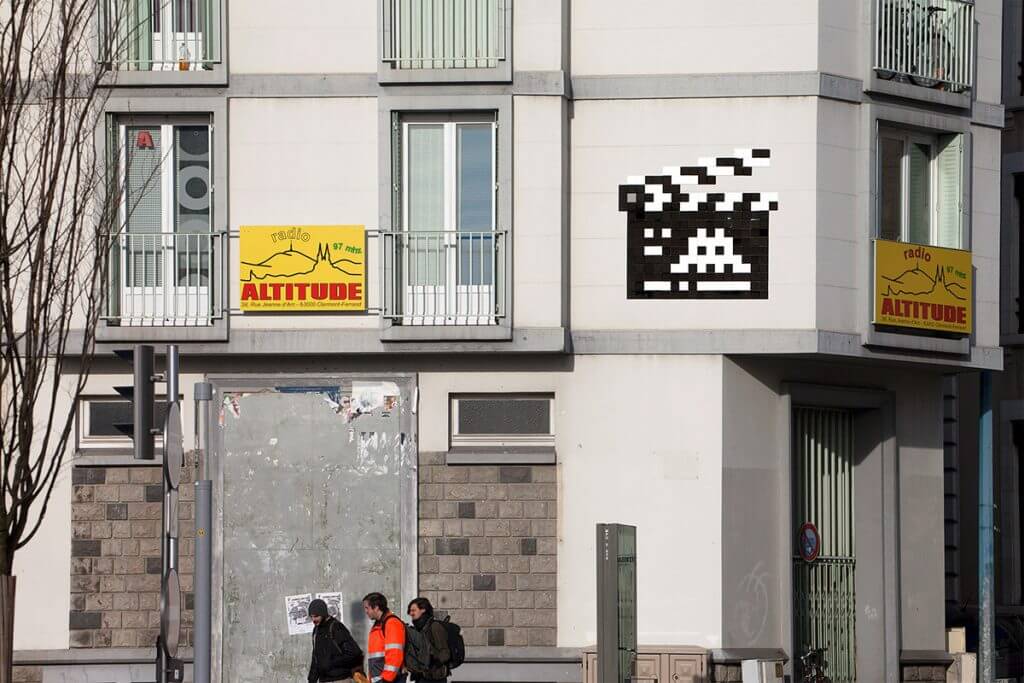
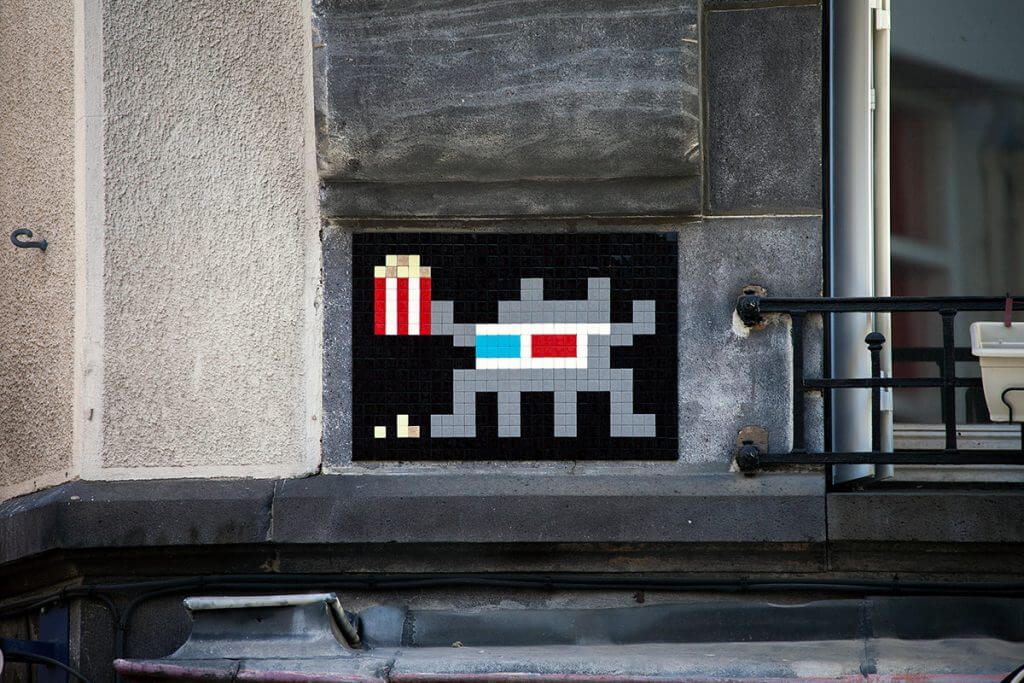
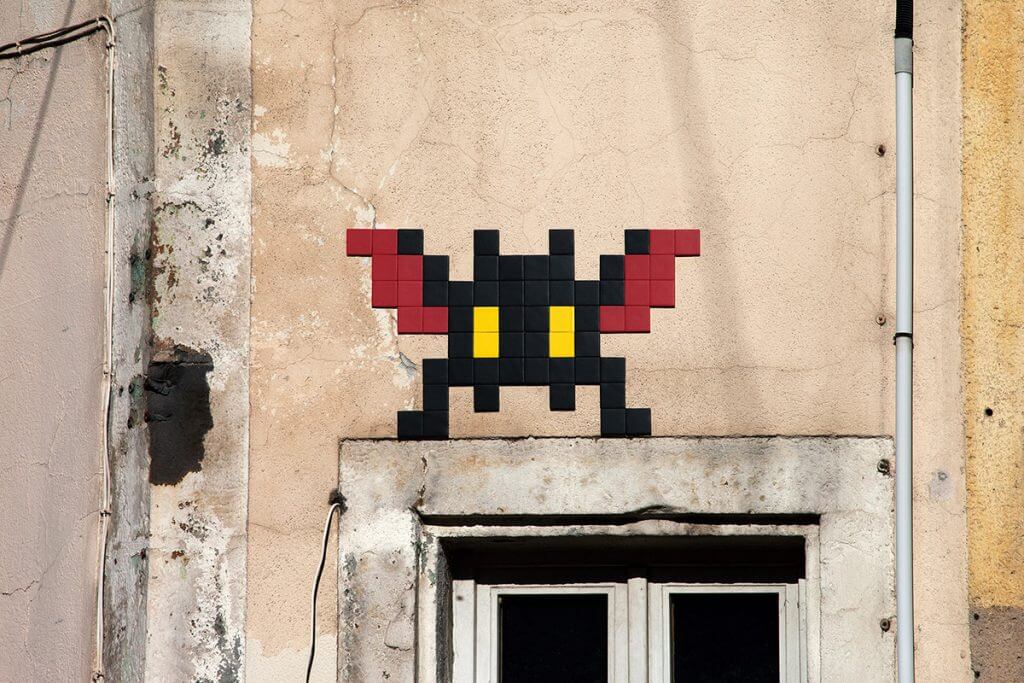

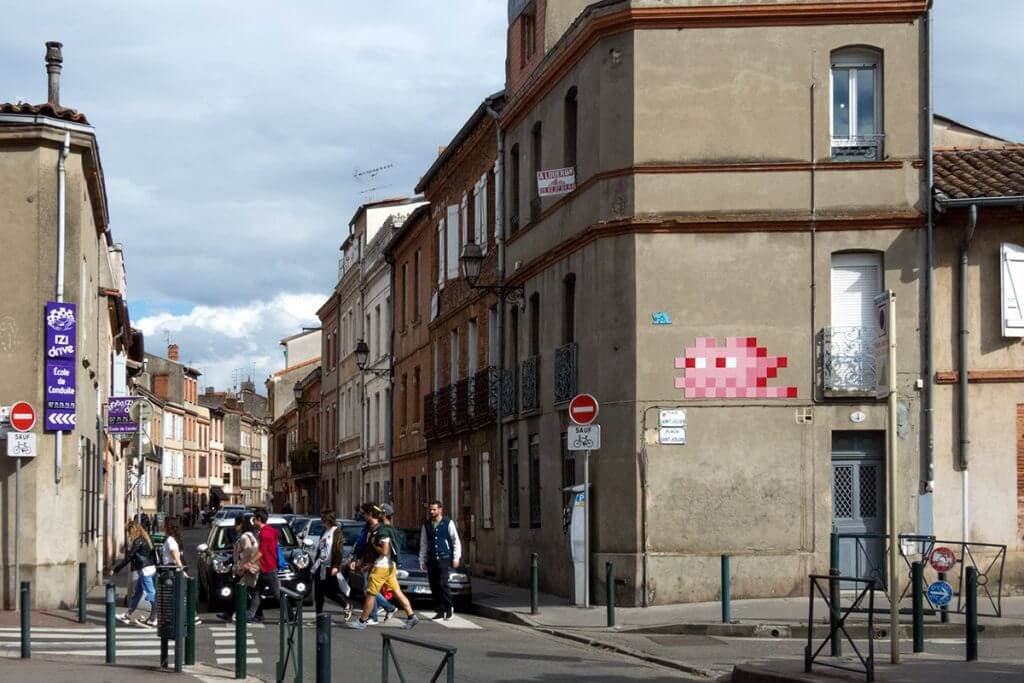
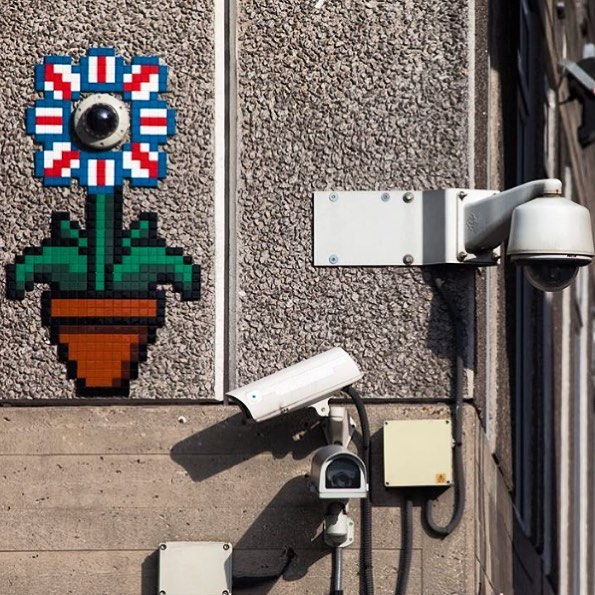
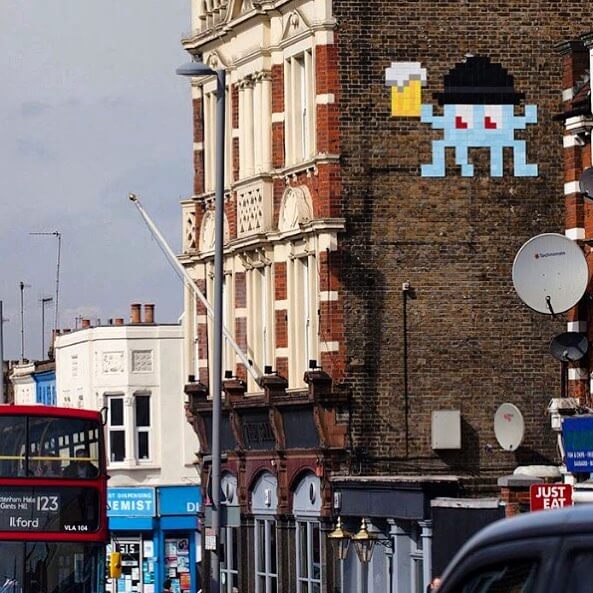
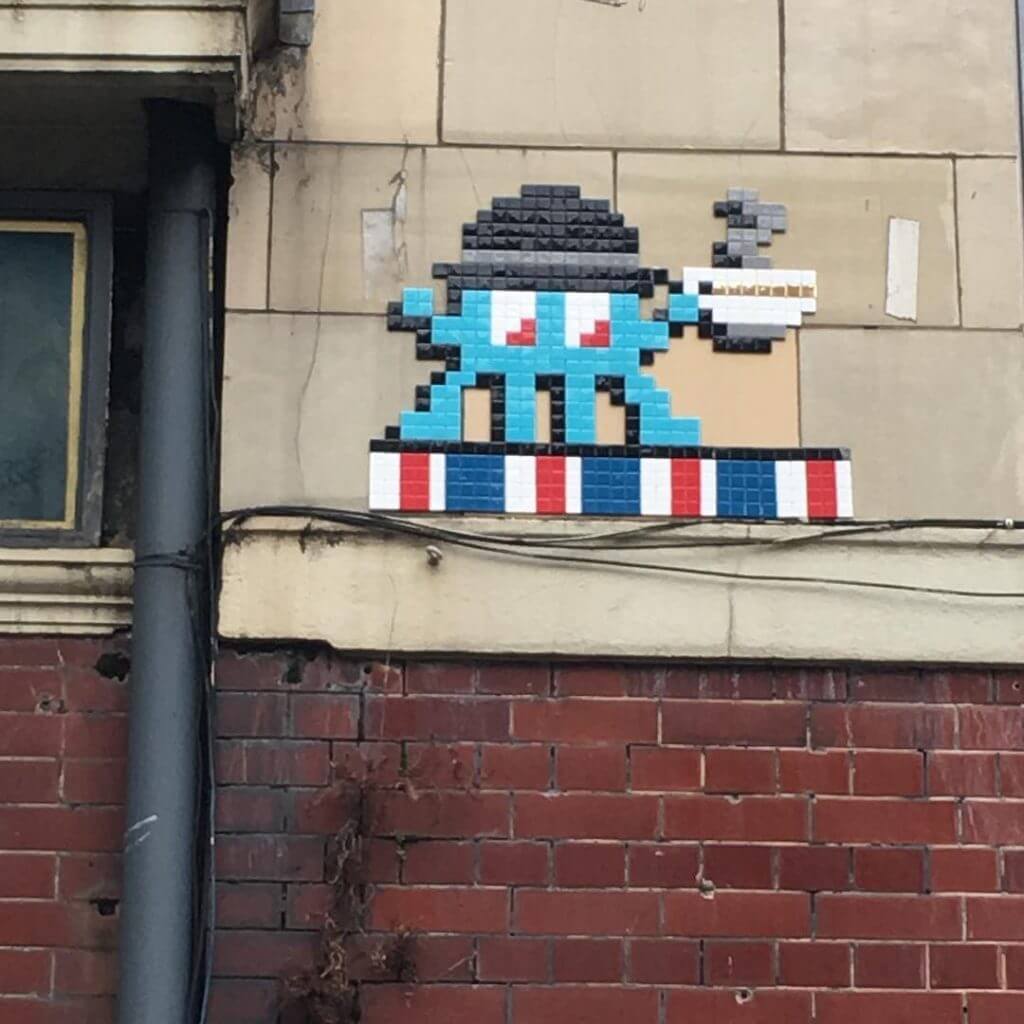
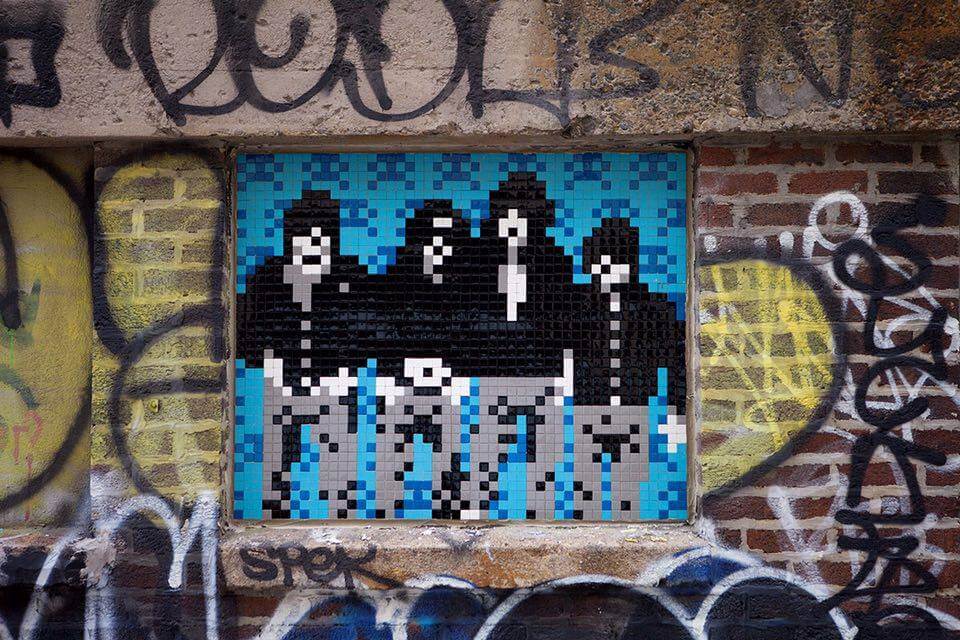
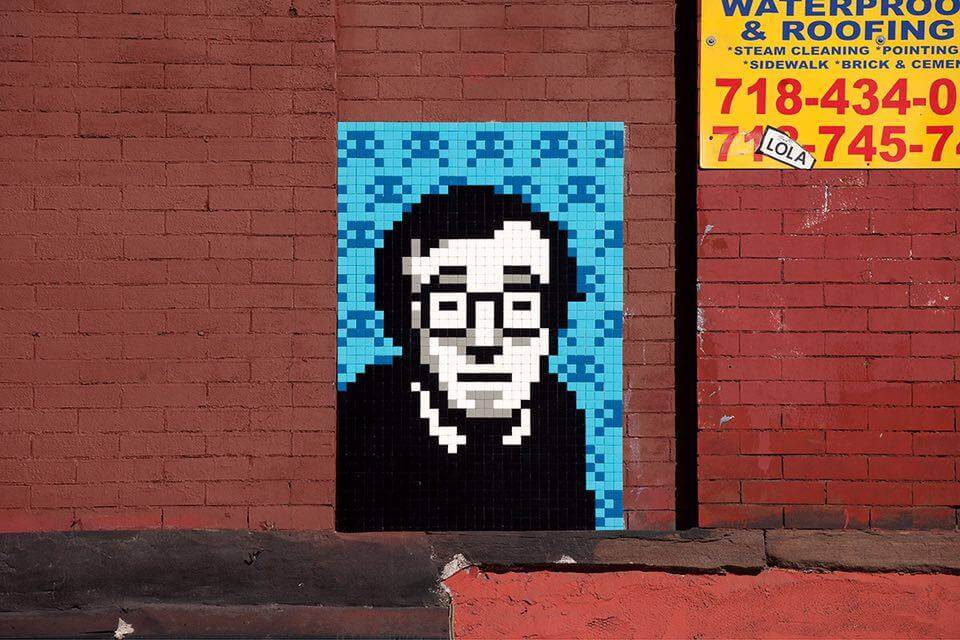
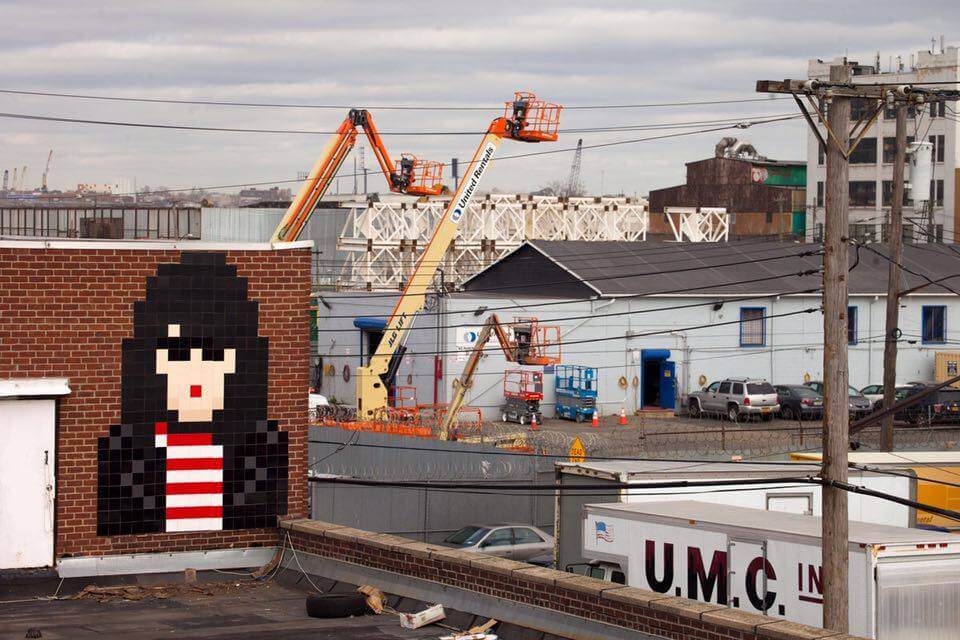
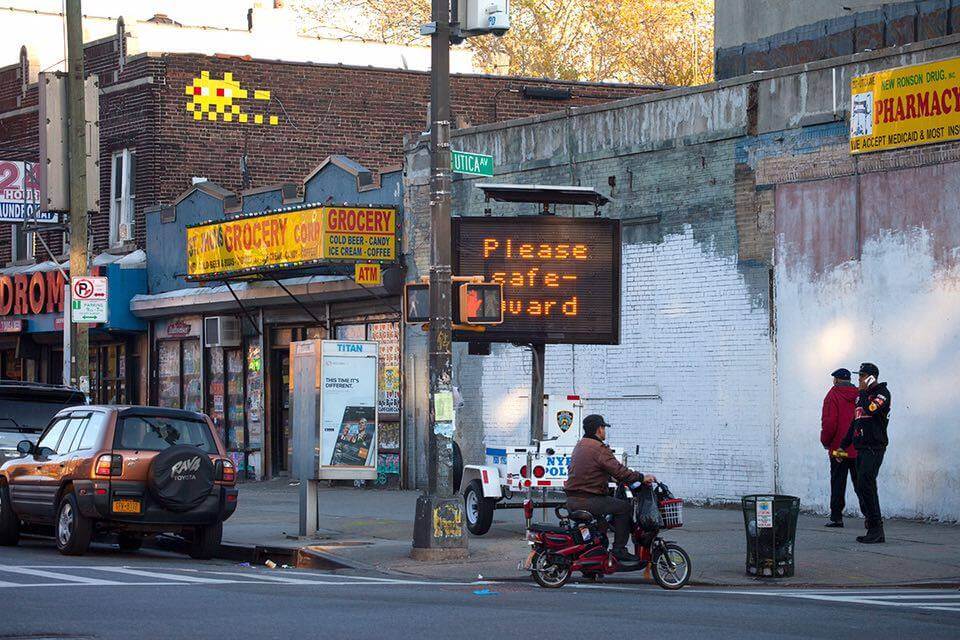
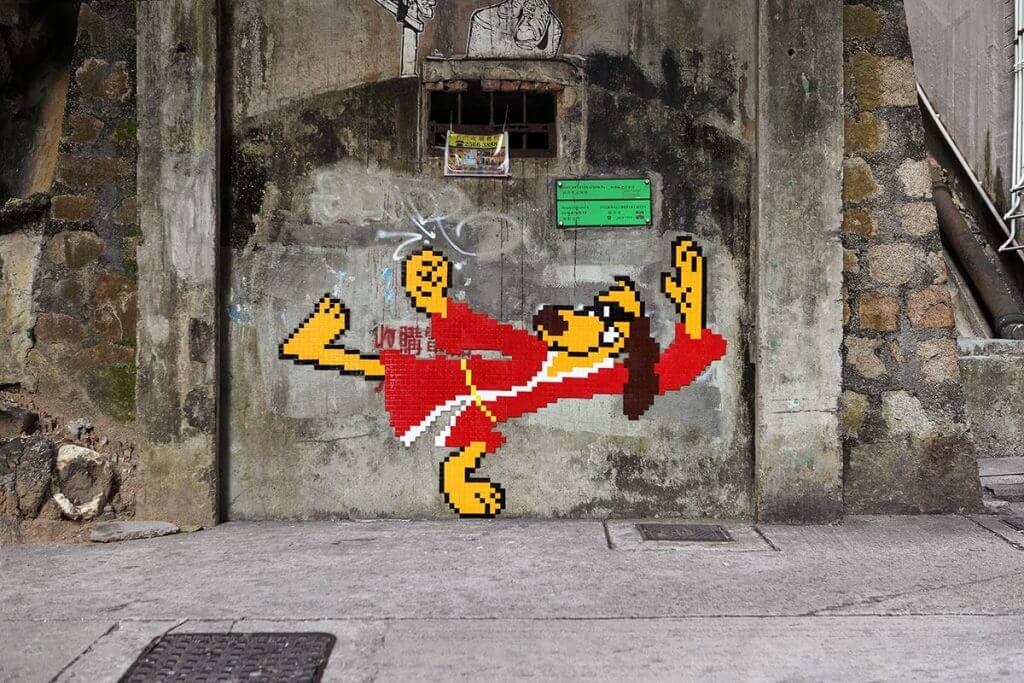

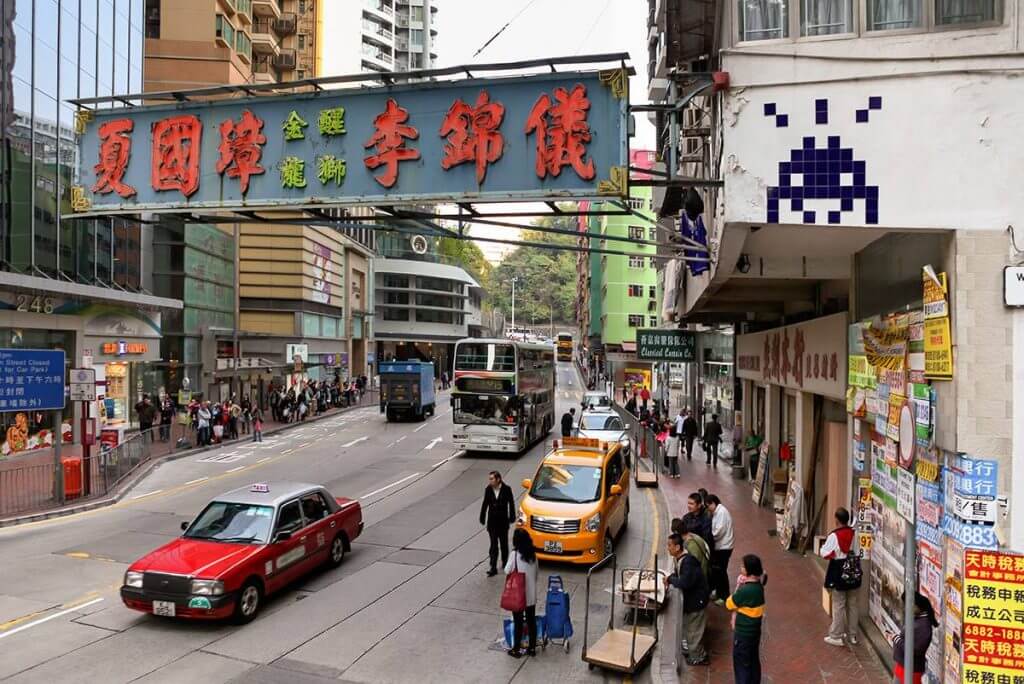
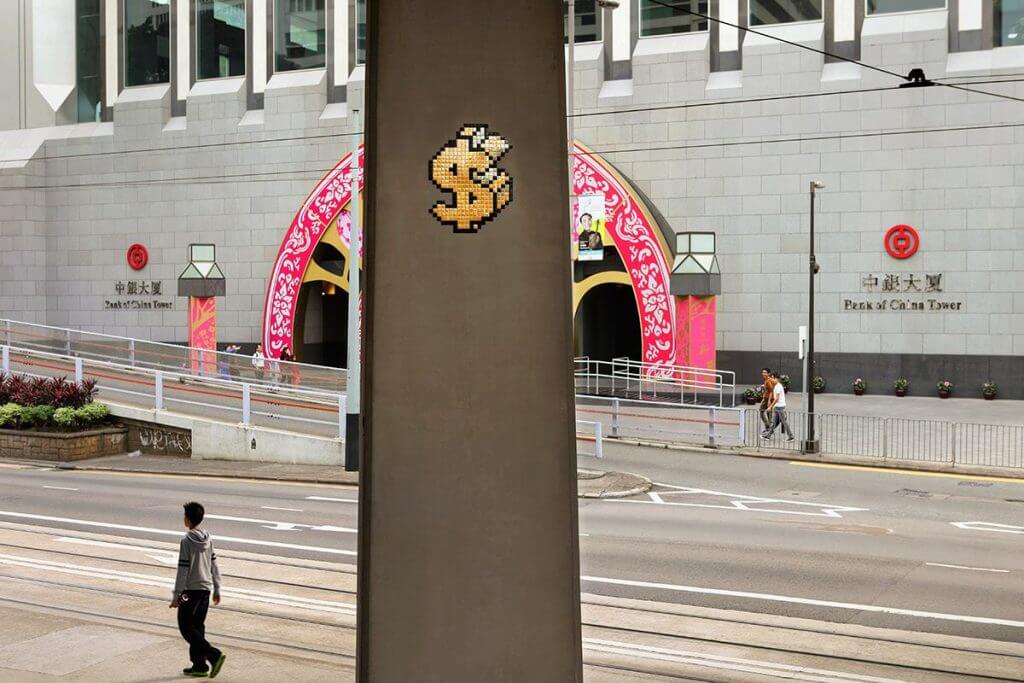
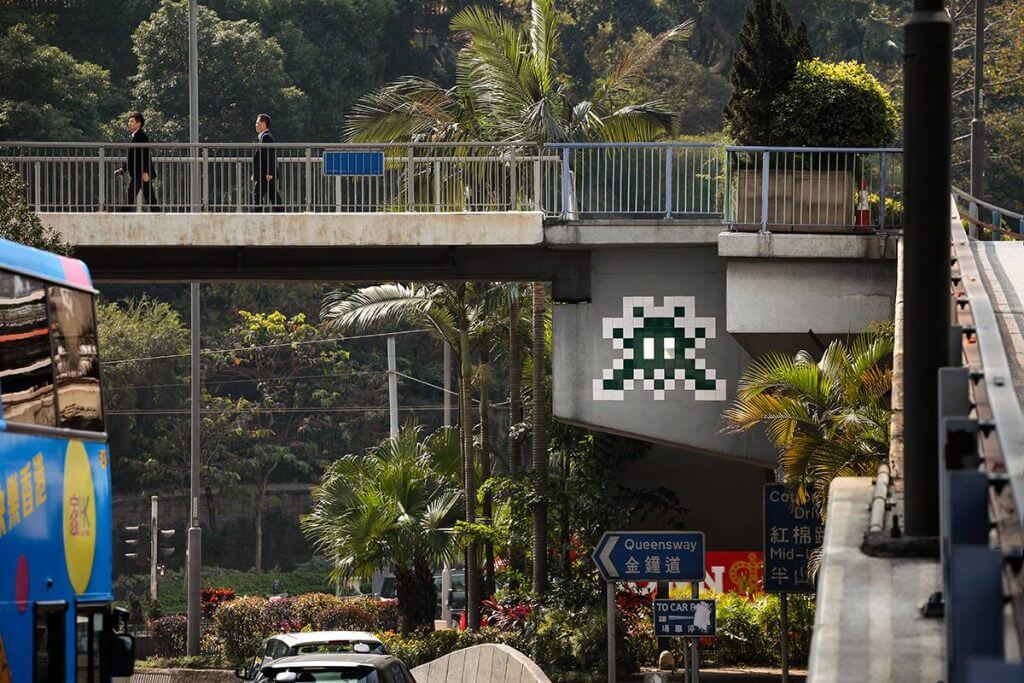

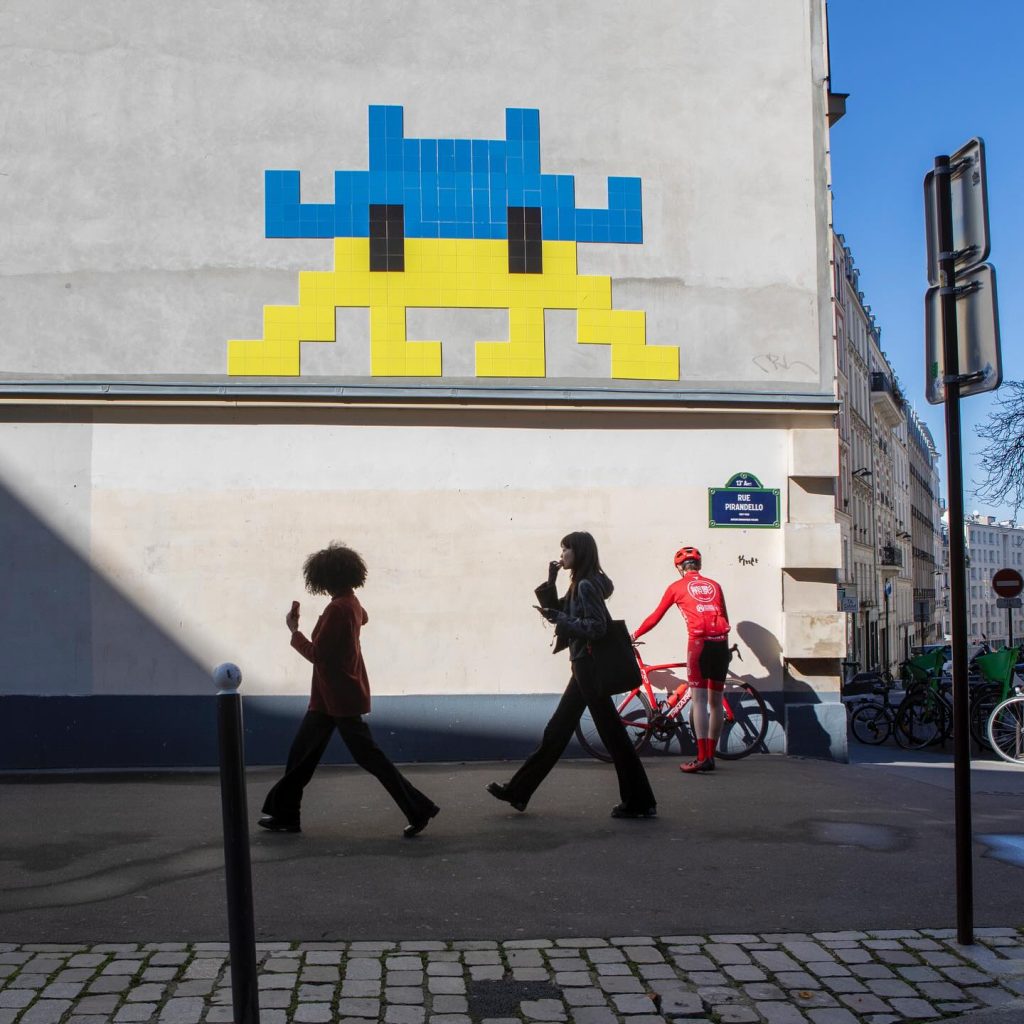

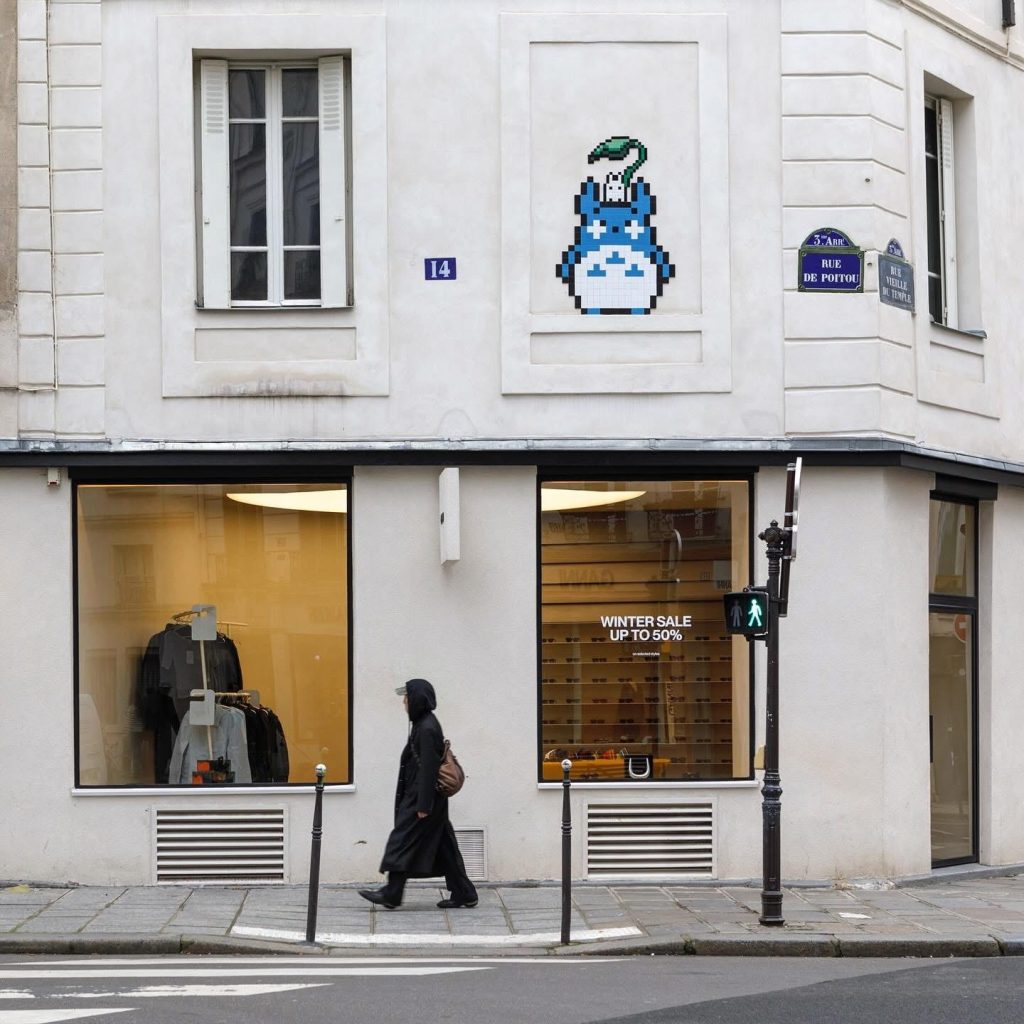

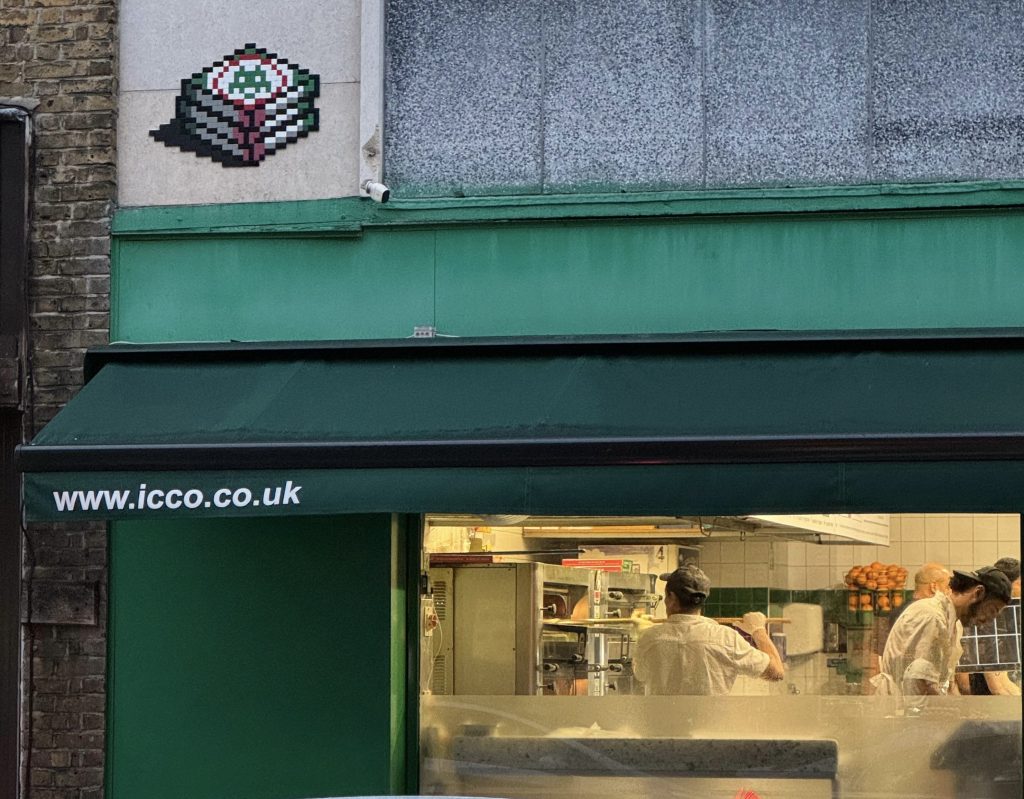
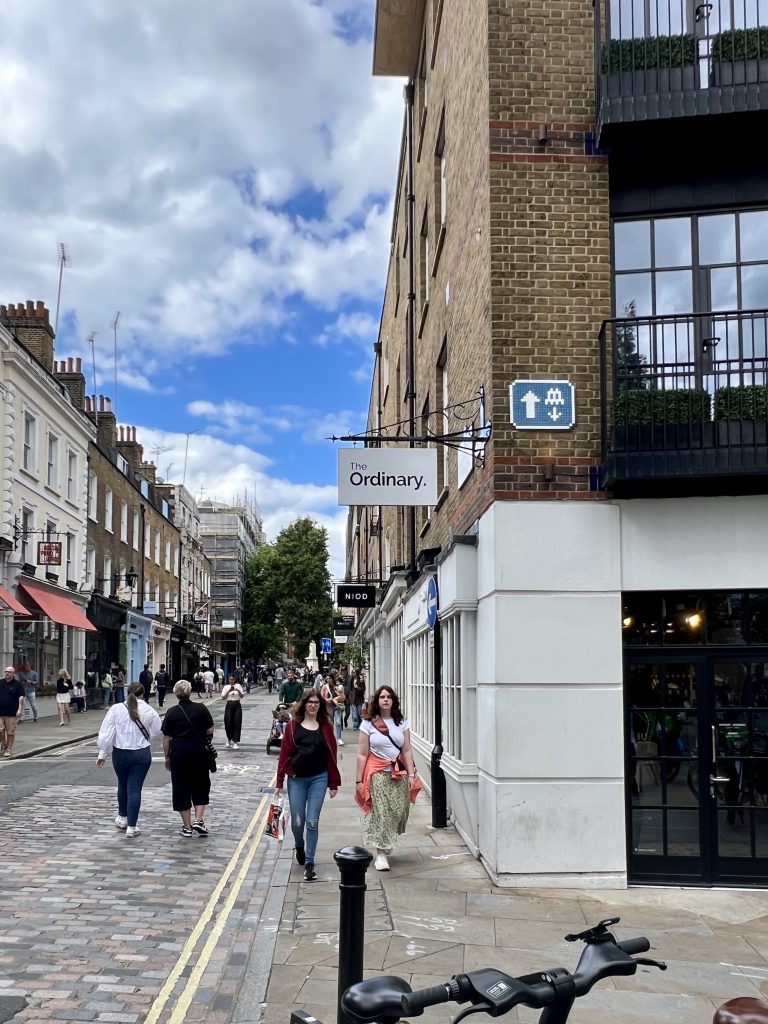
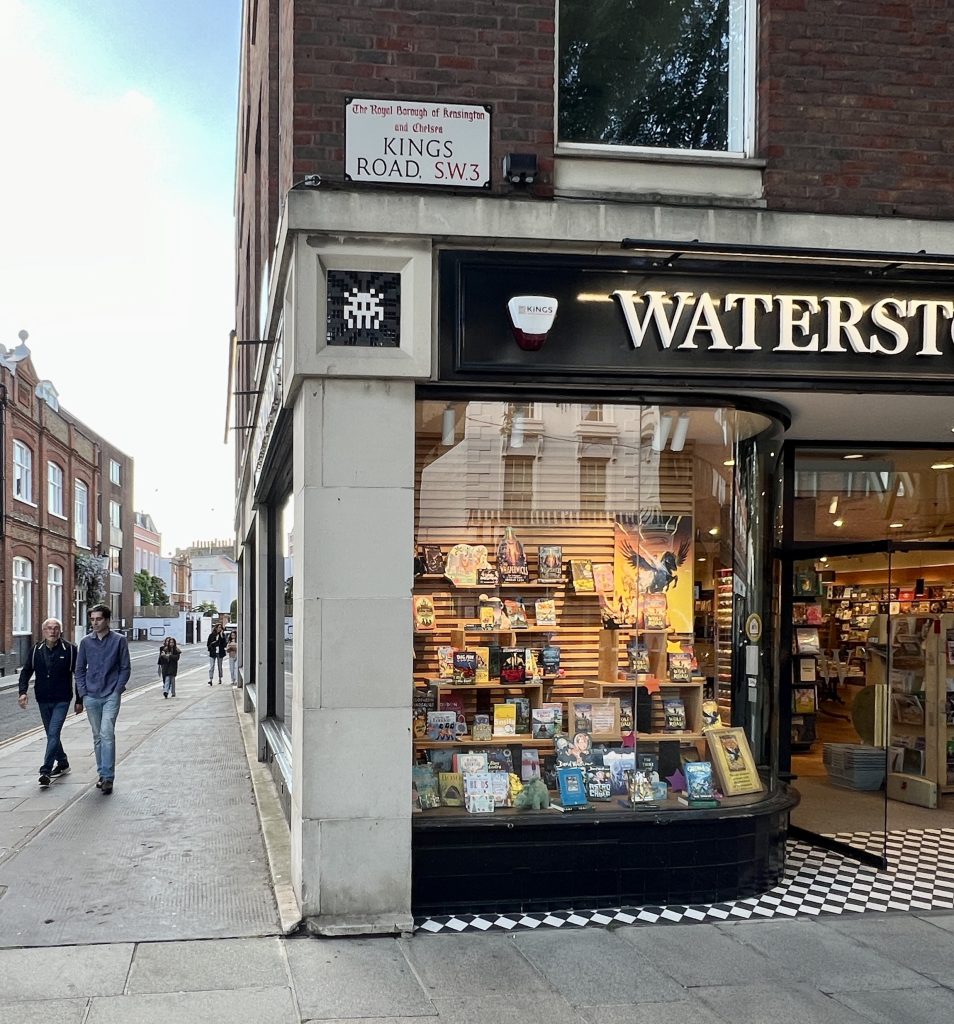
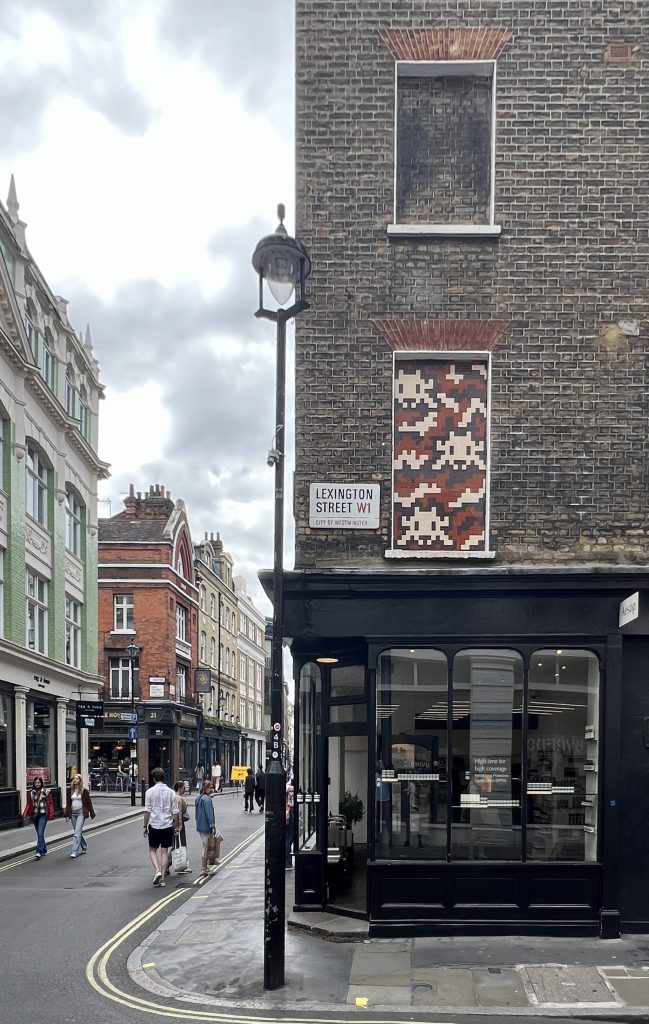
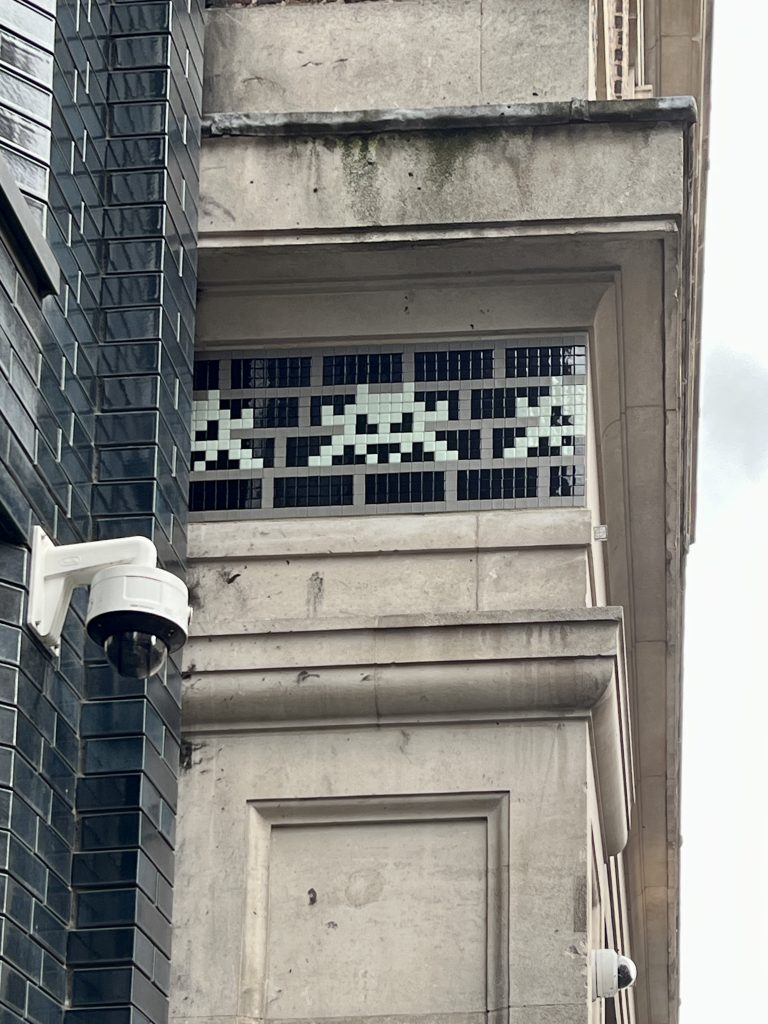
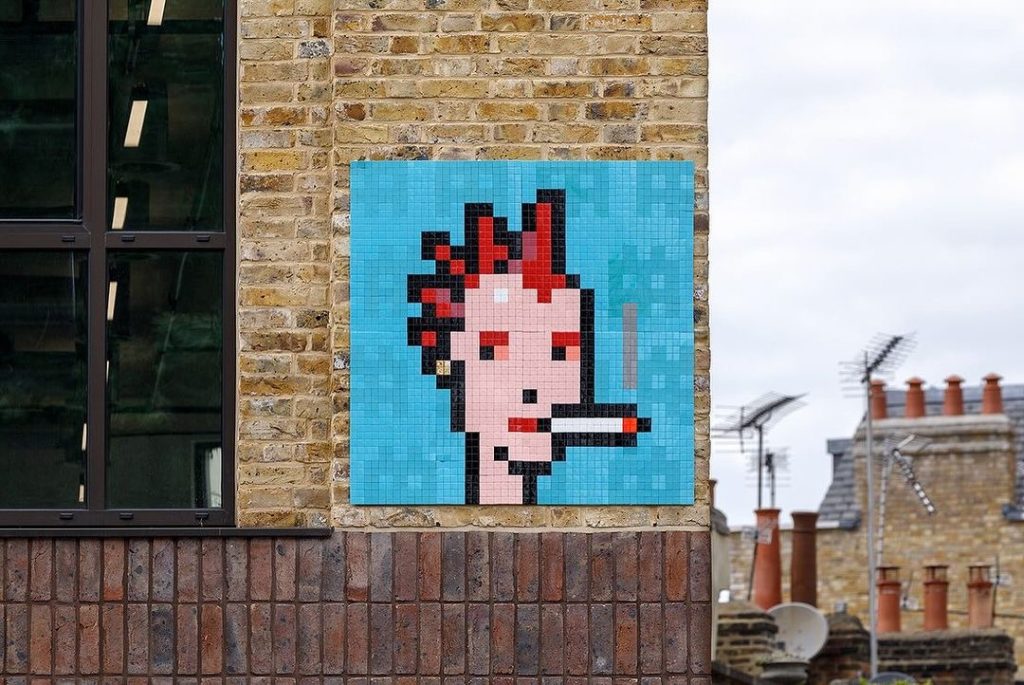
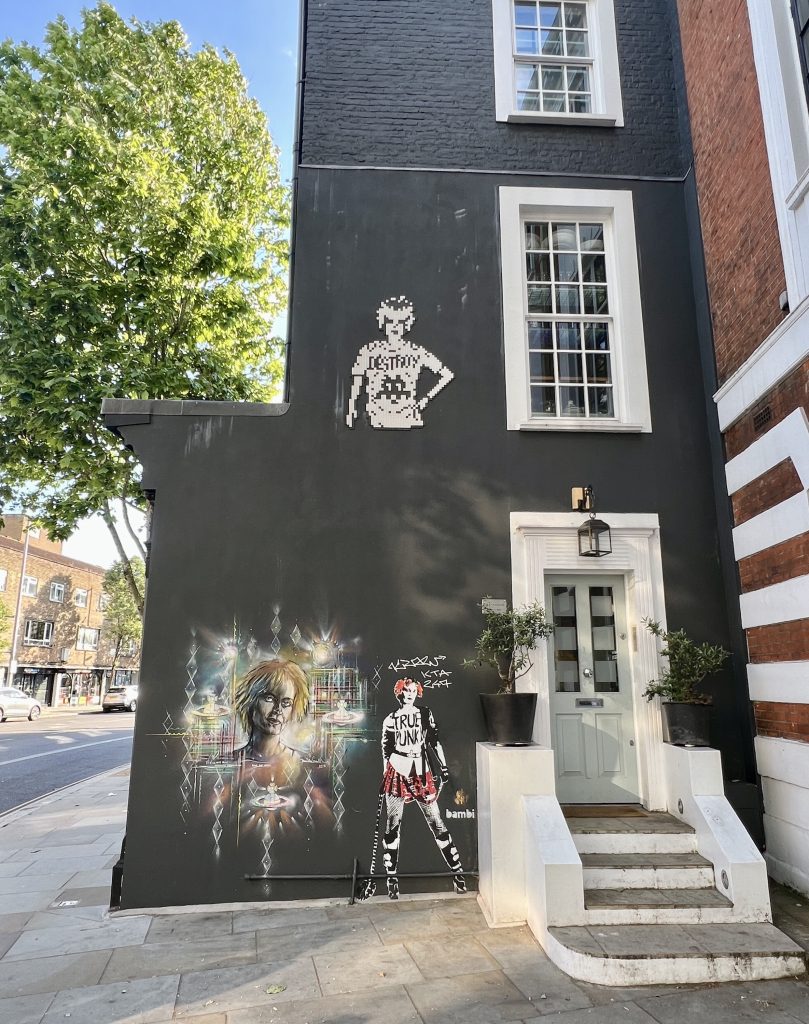
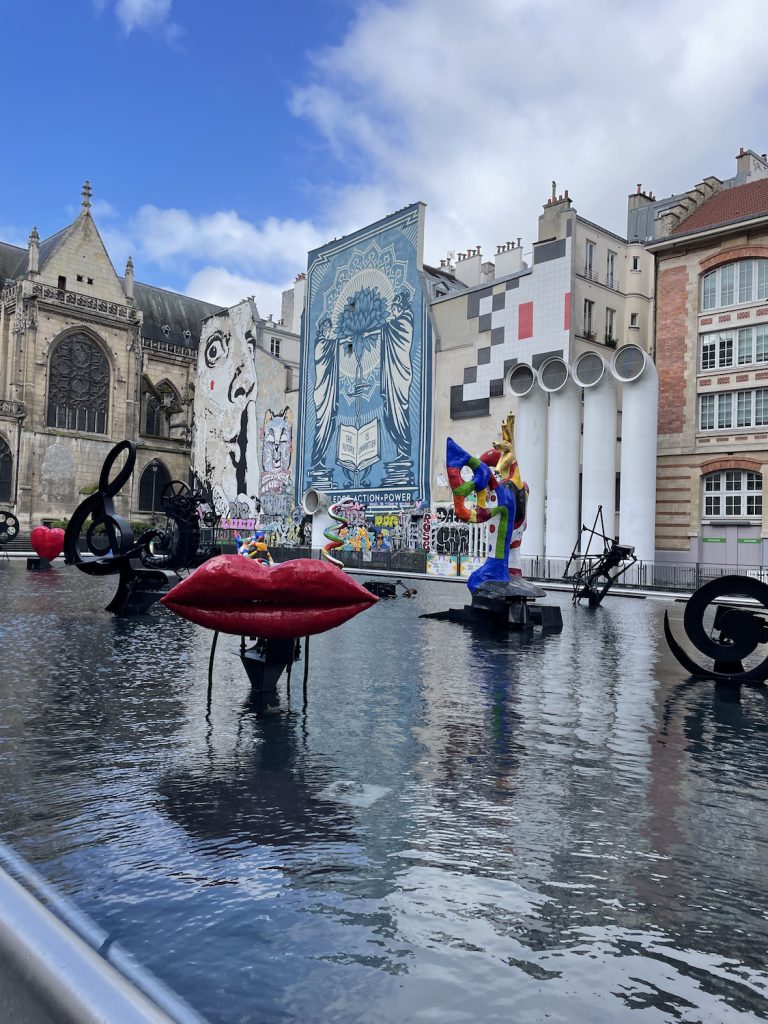
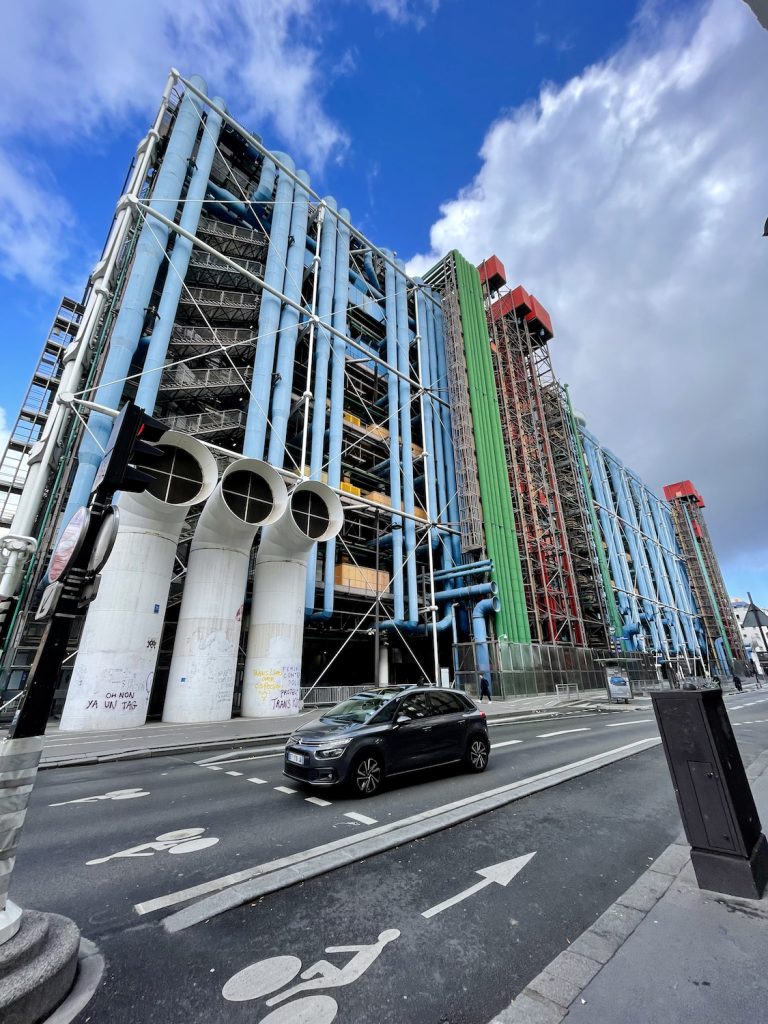
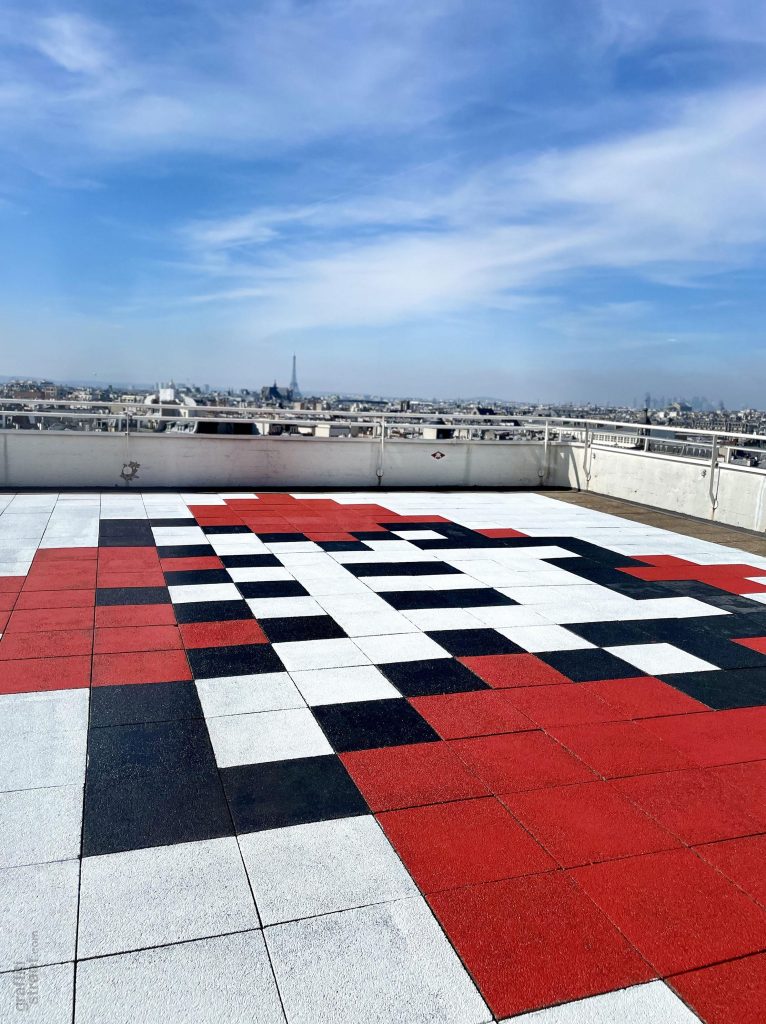
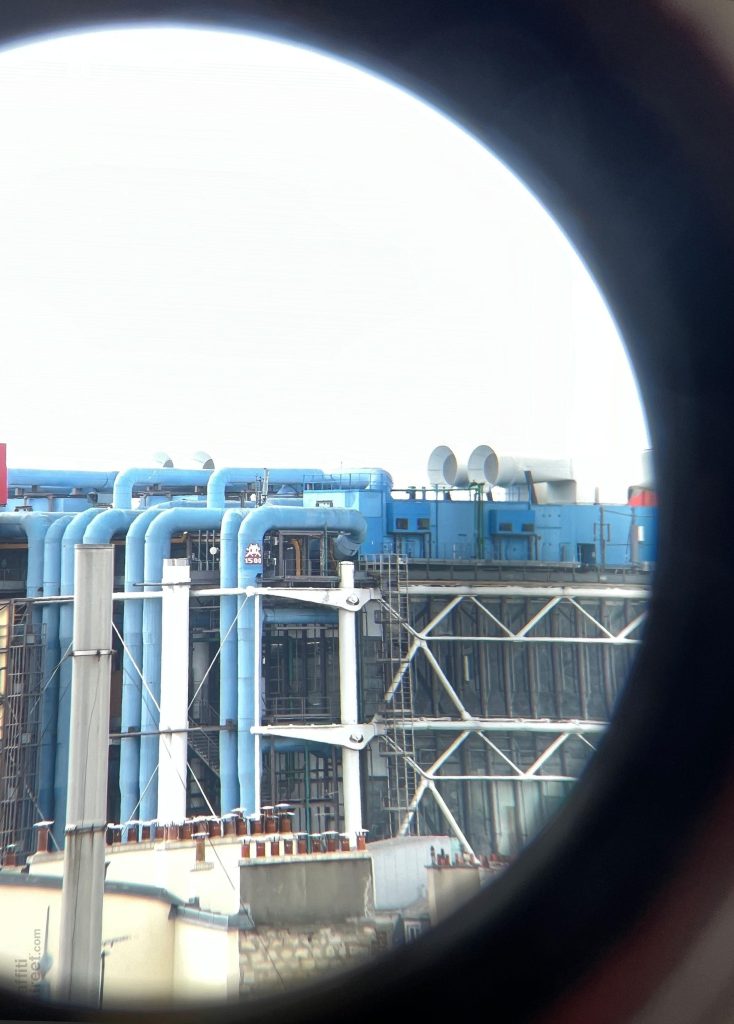
Invader. Image copyright Invader/GraffitiStreet
The Everlasting Impact of Invader’s Pixelated Art
Invader has transformed street art into a global cultural movement, blending nostalgia, technology, and mystery with every pixelated mosaic. From the streets of Paris to the depths of the ocean in Mexico, and even aboard the International Space Station, his work pushes boundaries and invites us all to see the world through a playful, pixelated lens.
Keep your eyes open — the next invasion could be just around the corner.
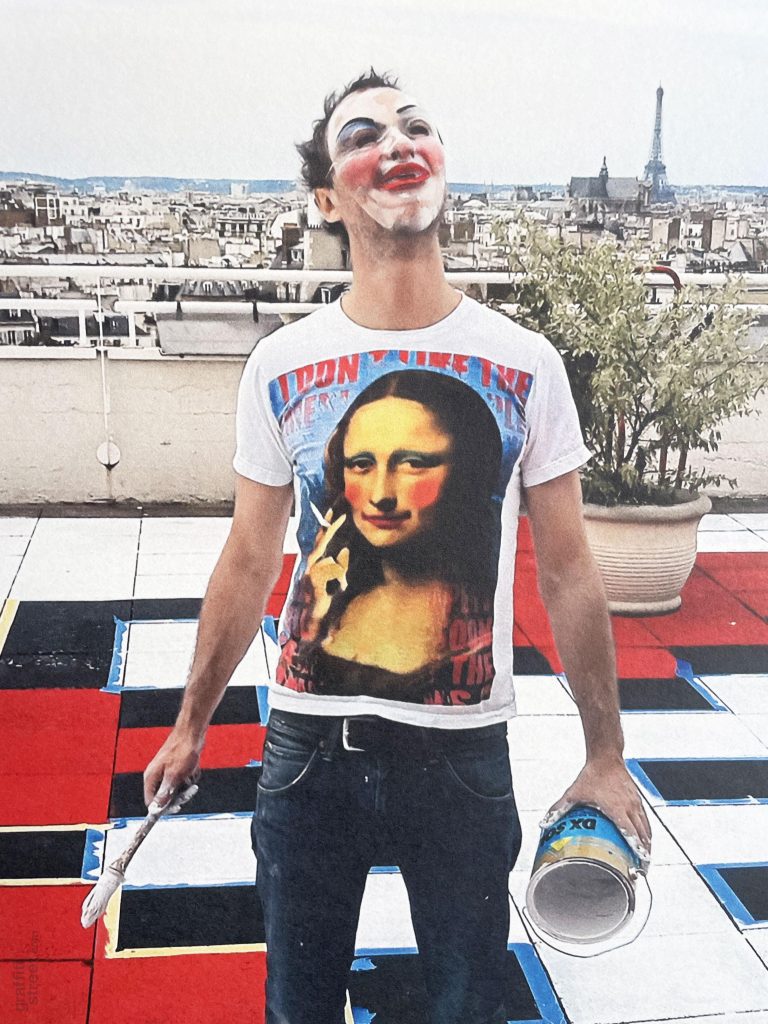
Invader. Image copyright Invader/GraffitiStreet
Bring the Invasion Home
Ready for your own Space Invader invasion at home? 🎮👾 Check out our store for original Invader artworks and collectibles. If you’re hunting for that elusive piece, feel free to contact us — we can help track it down and add the perfect pixelated masterpiece to your collection.